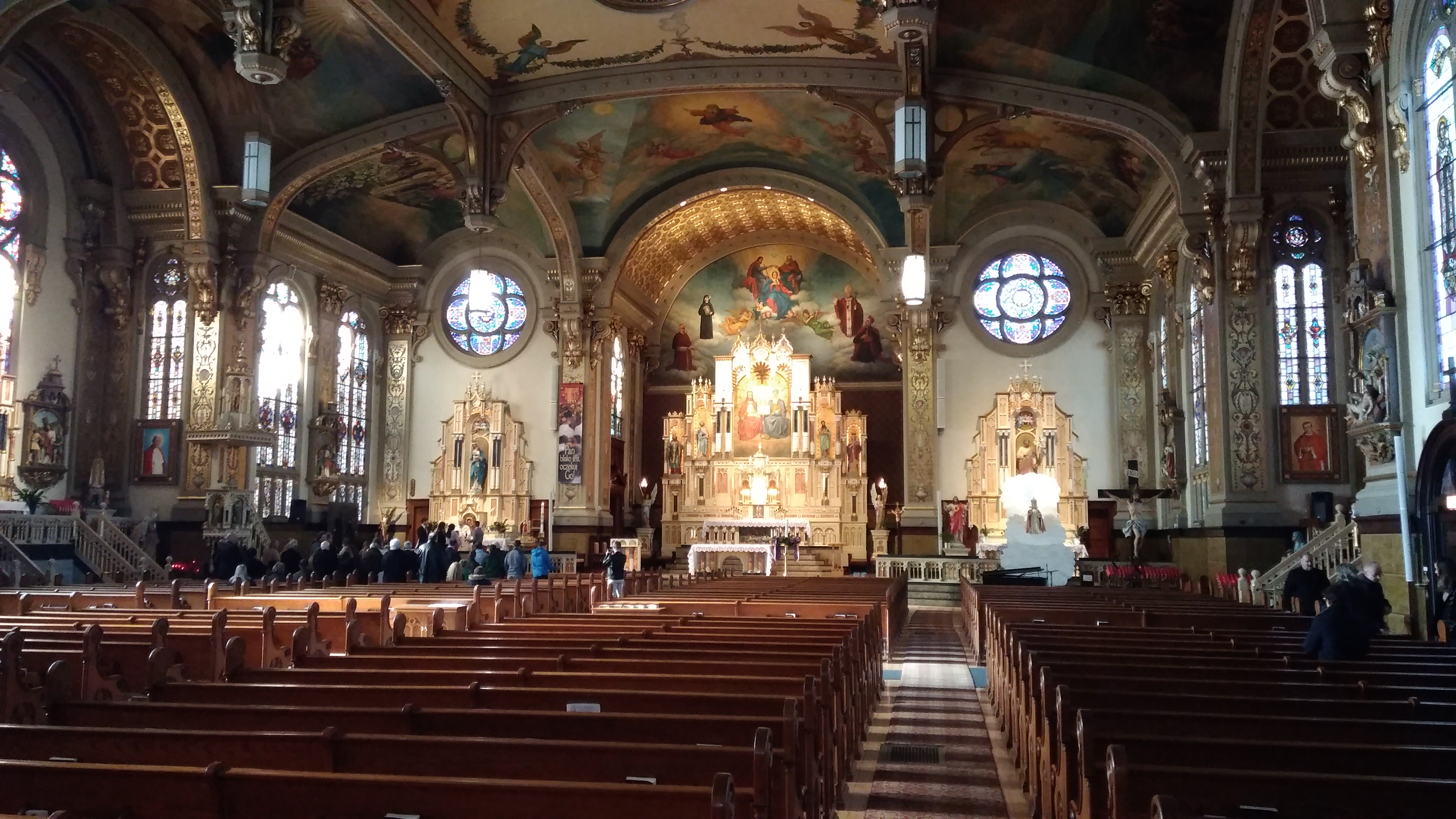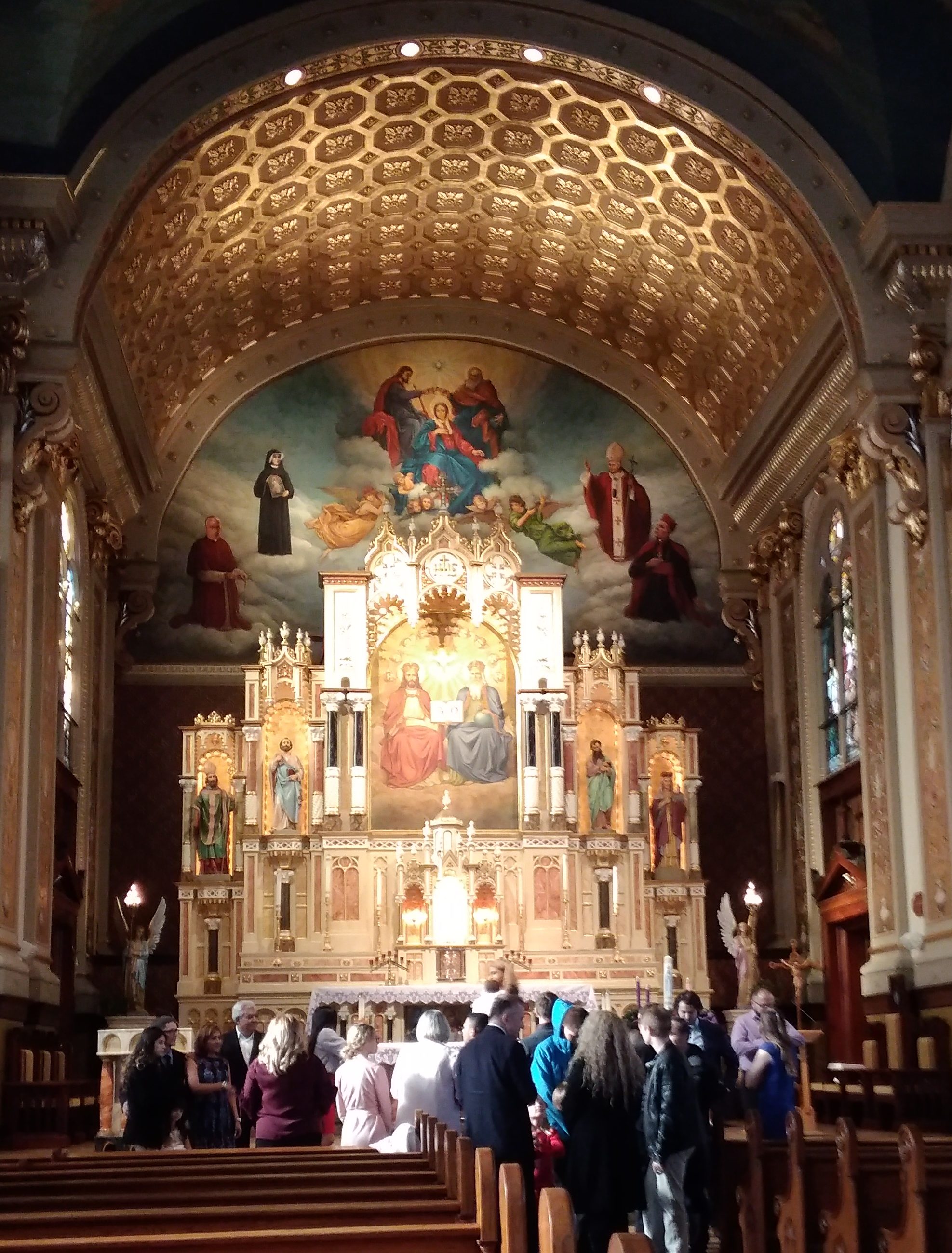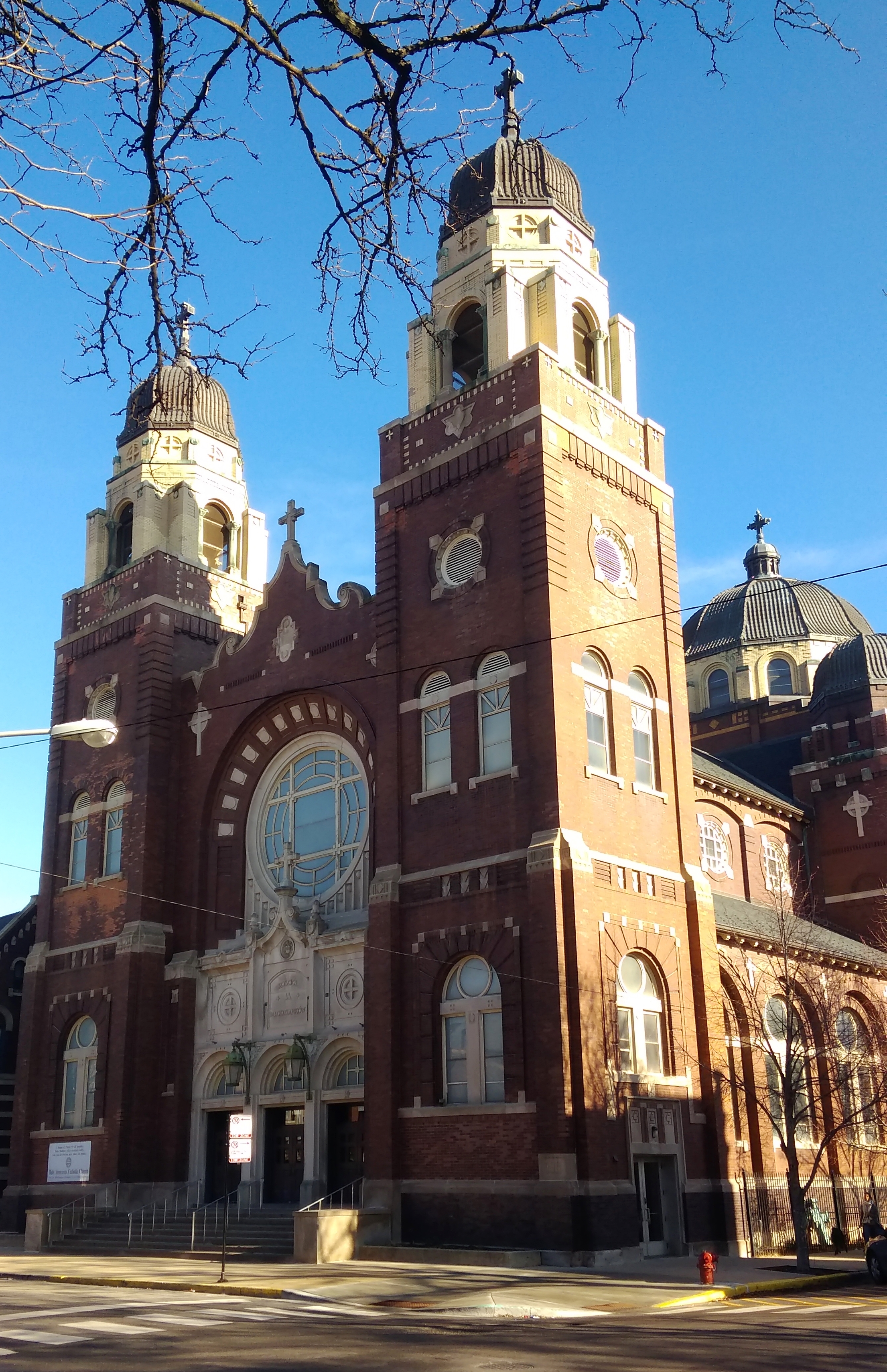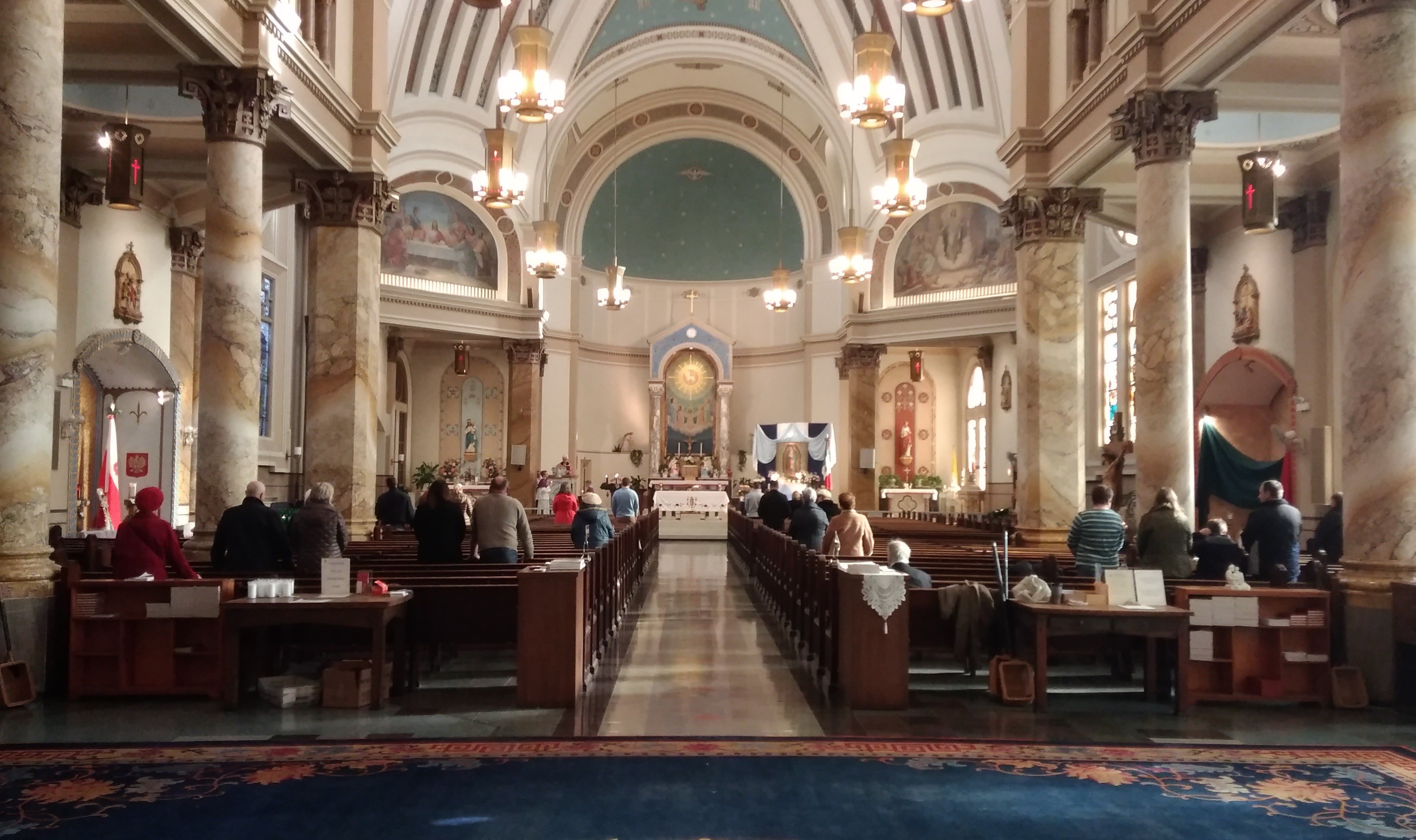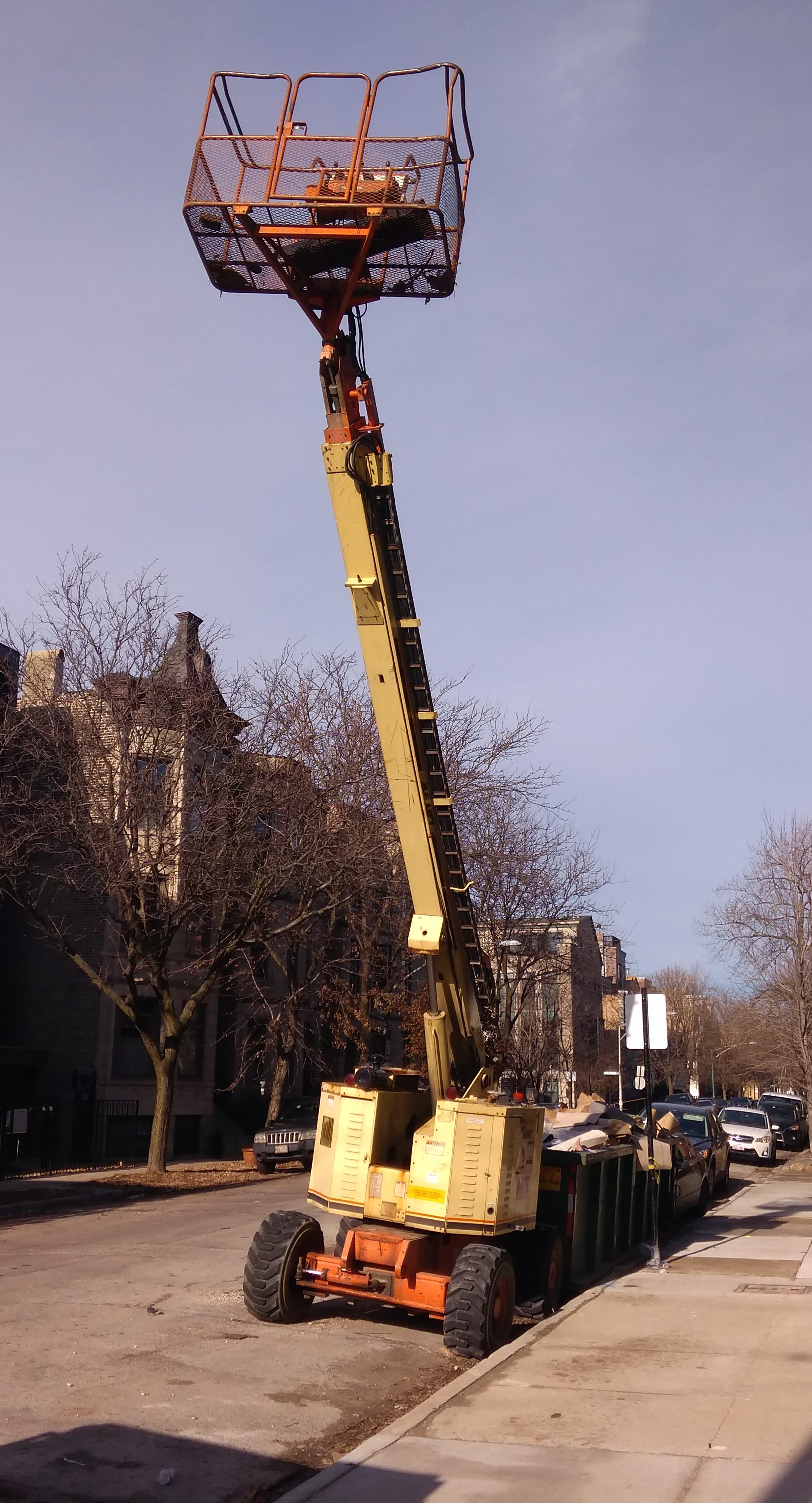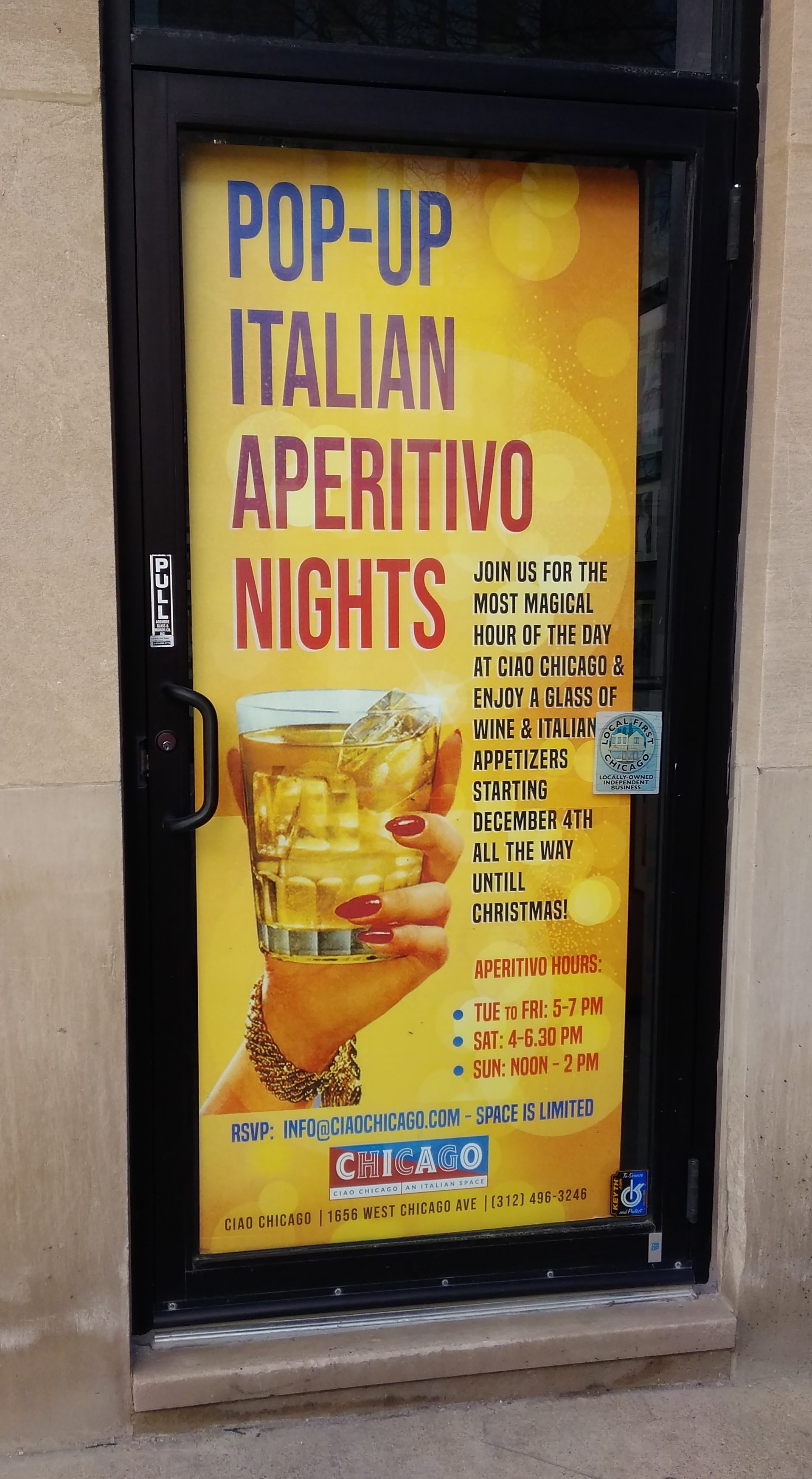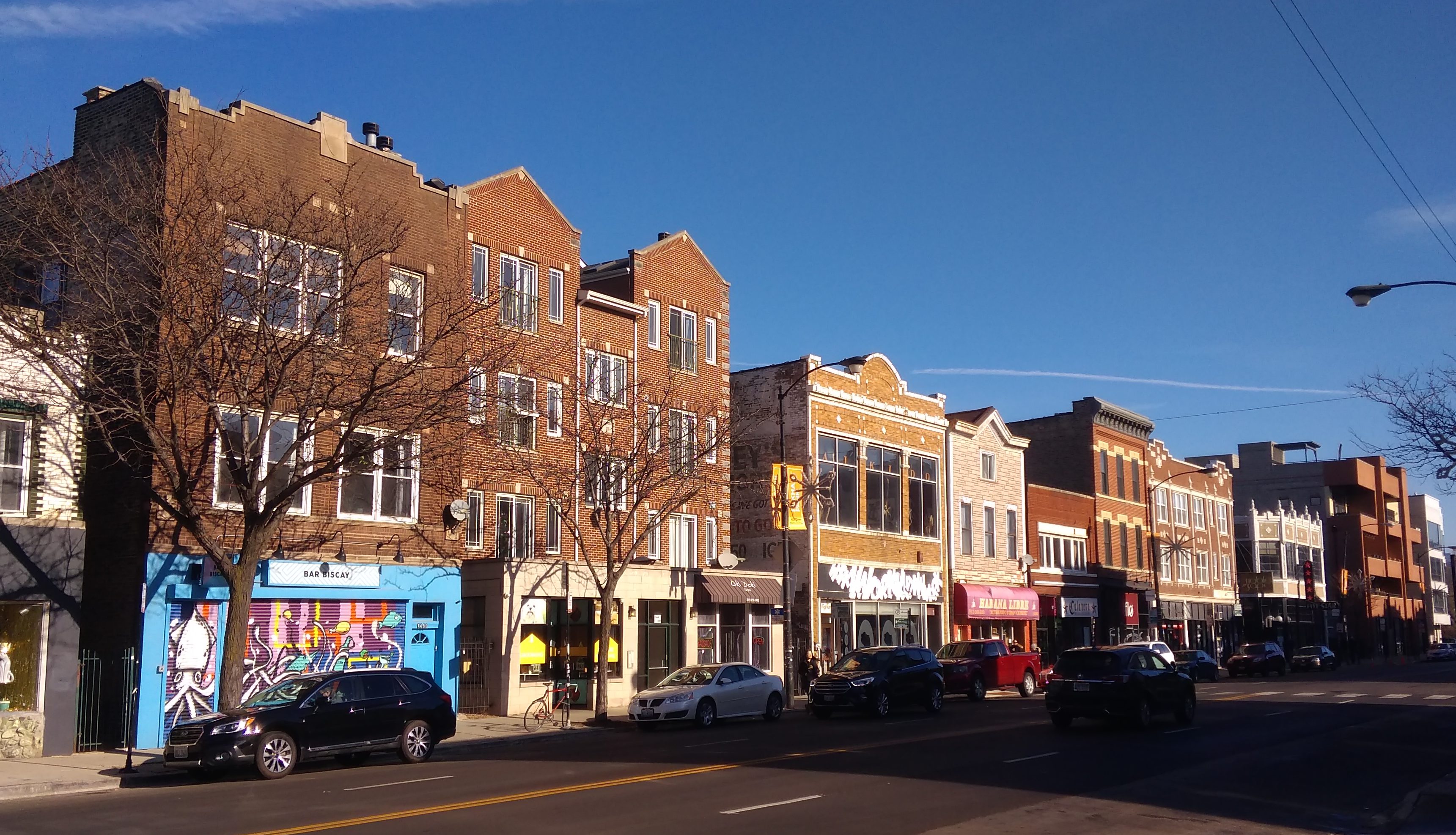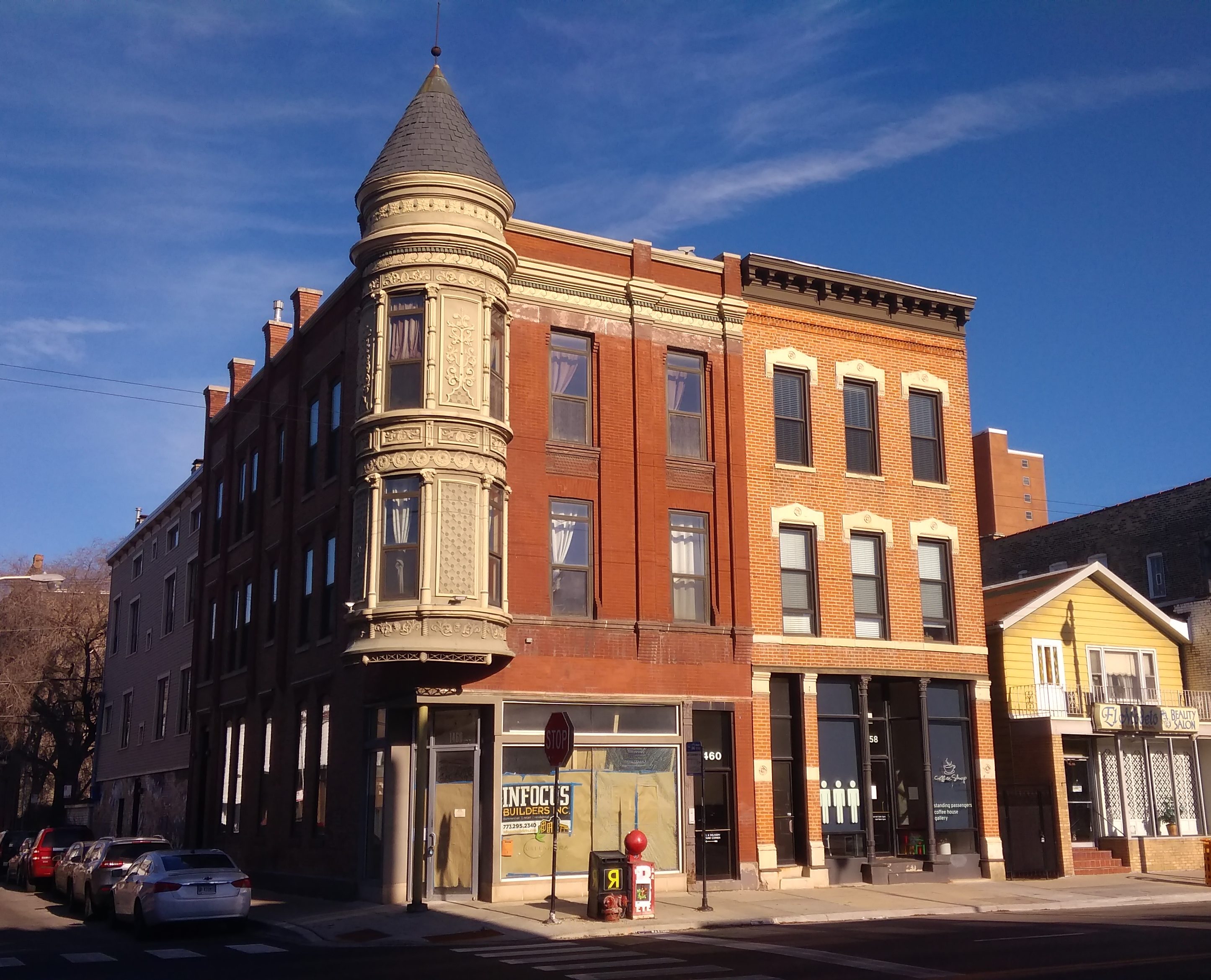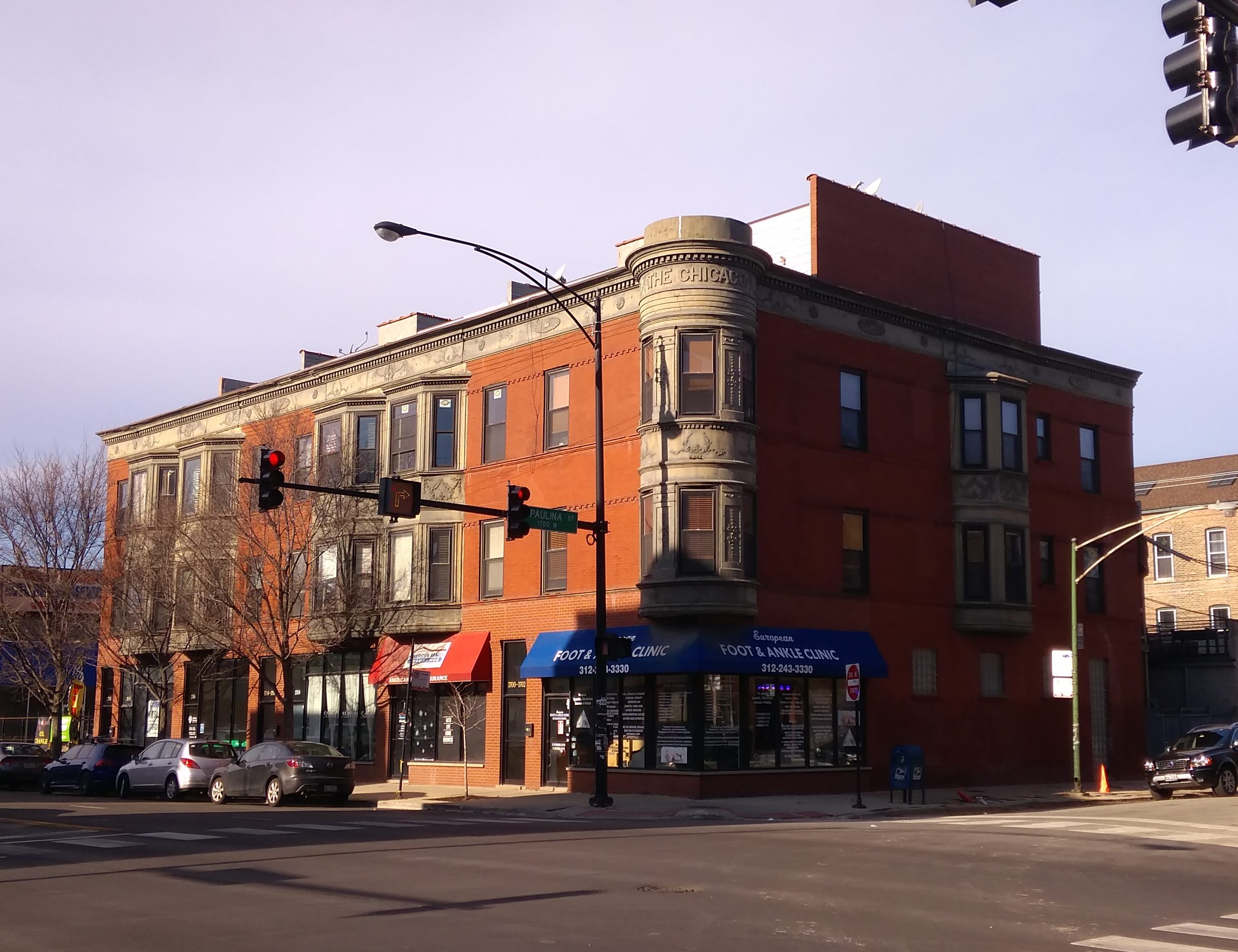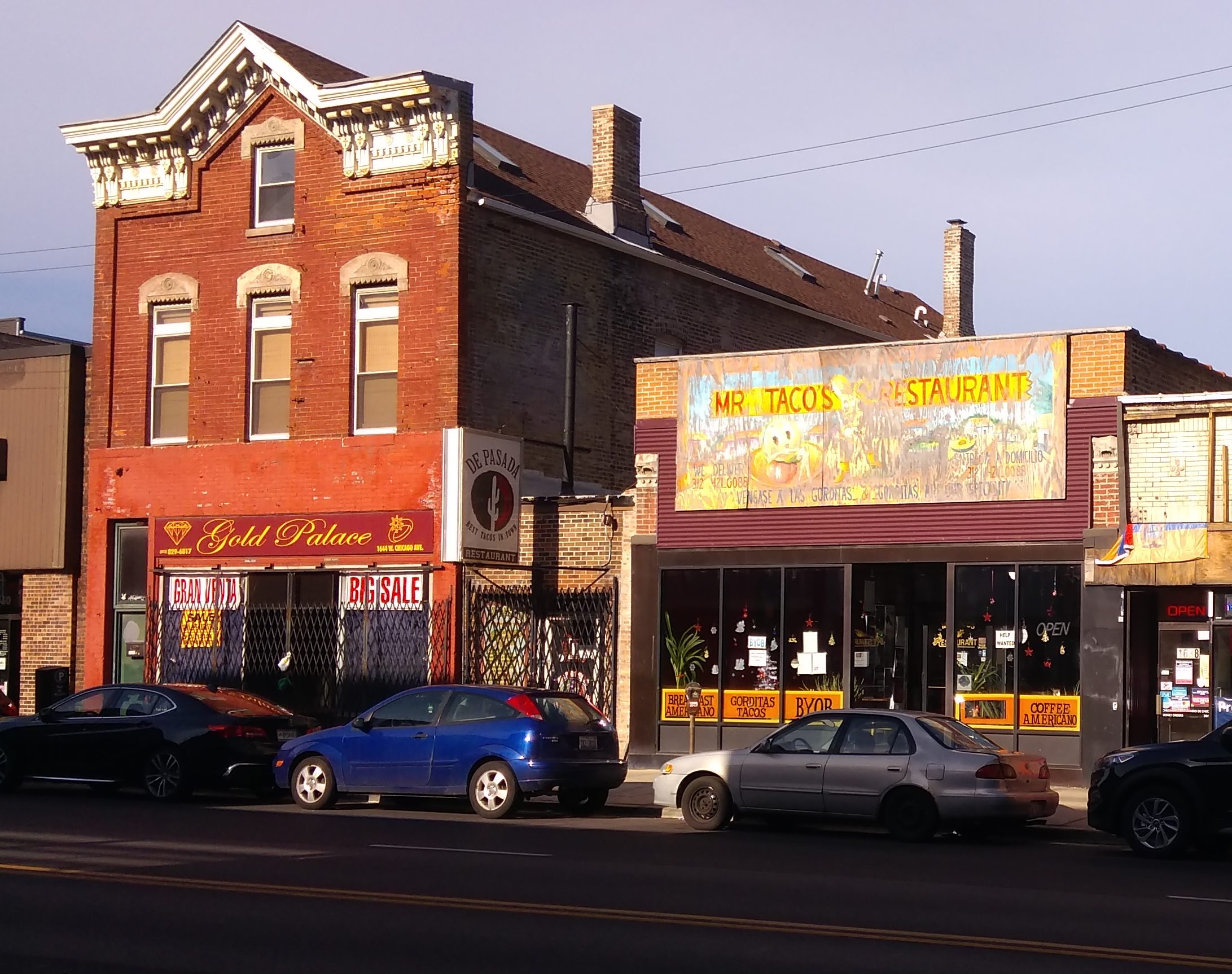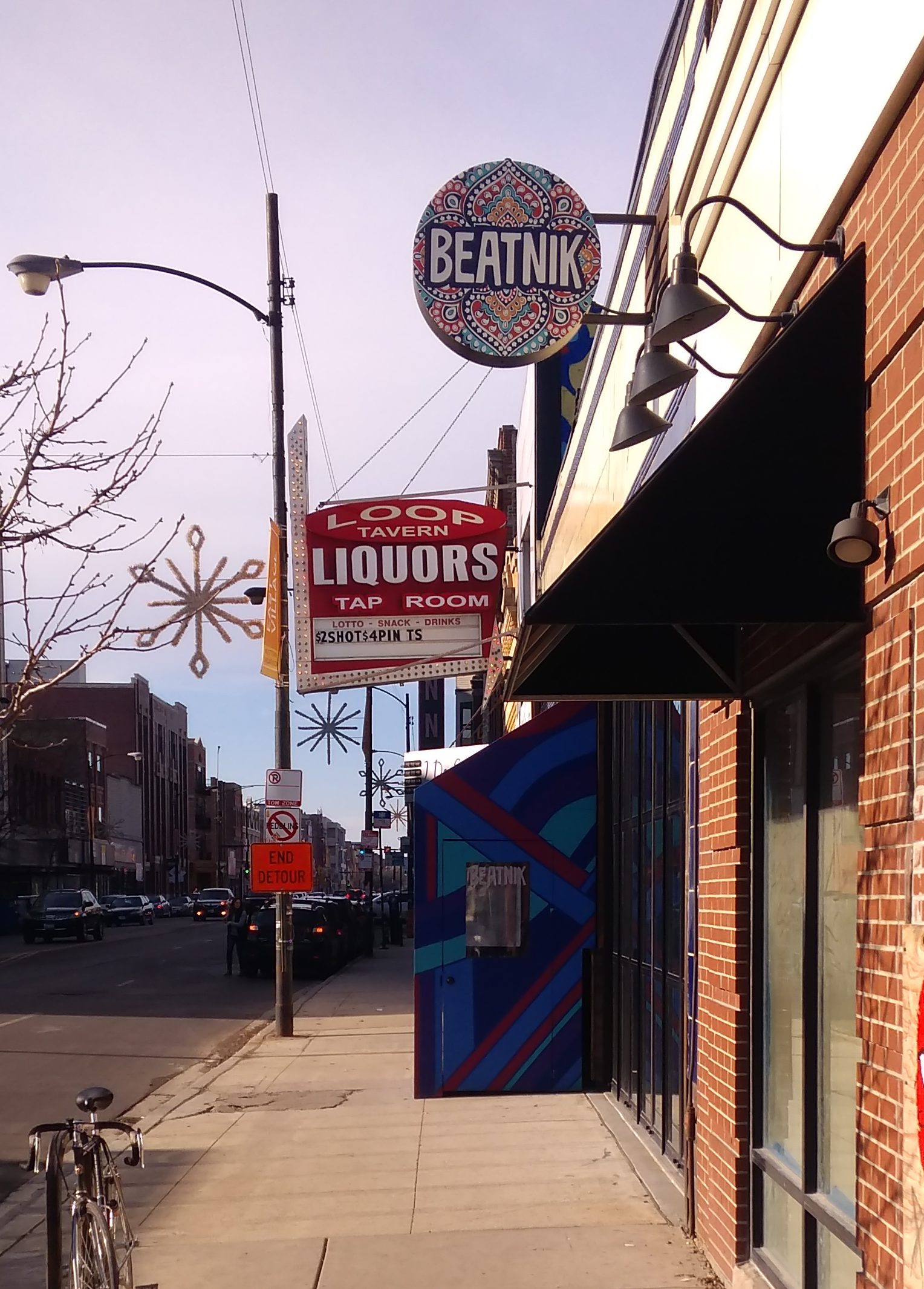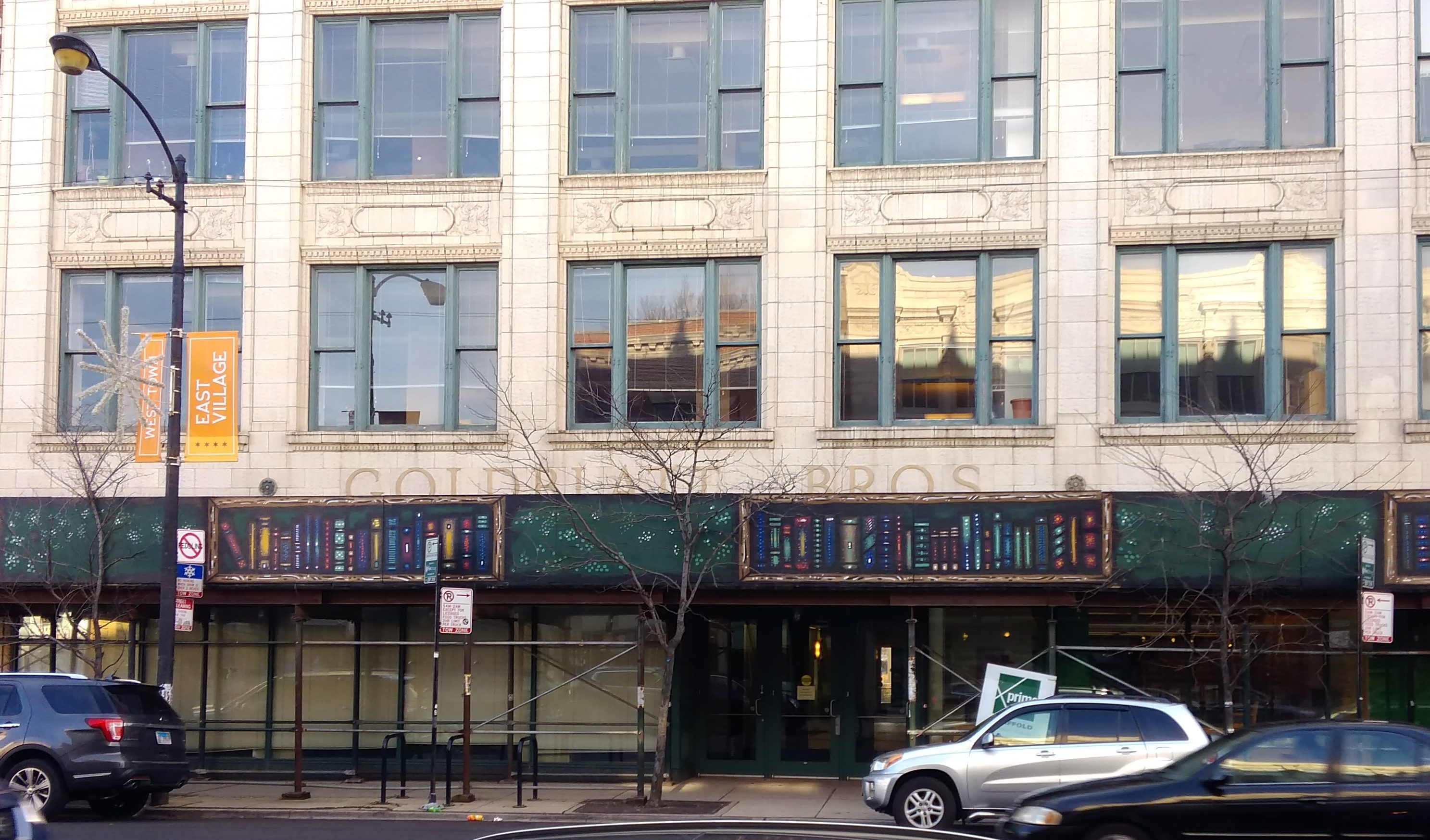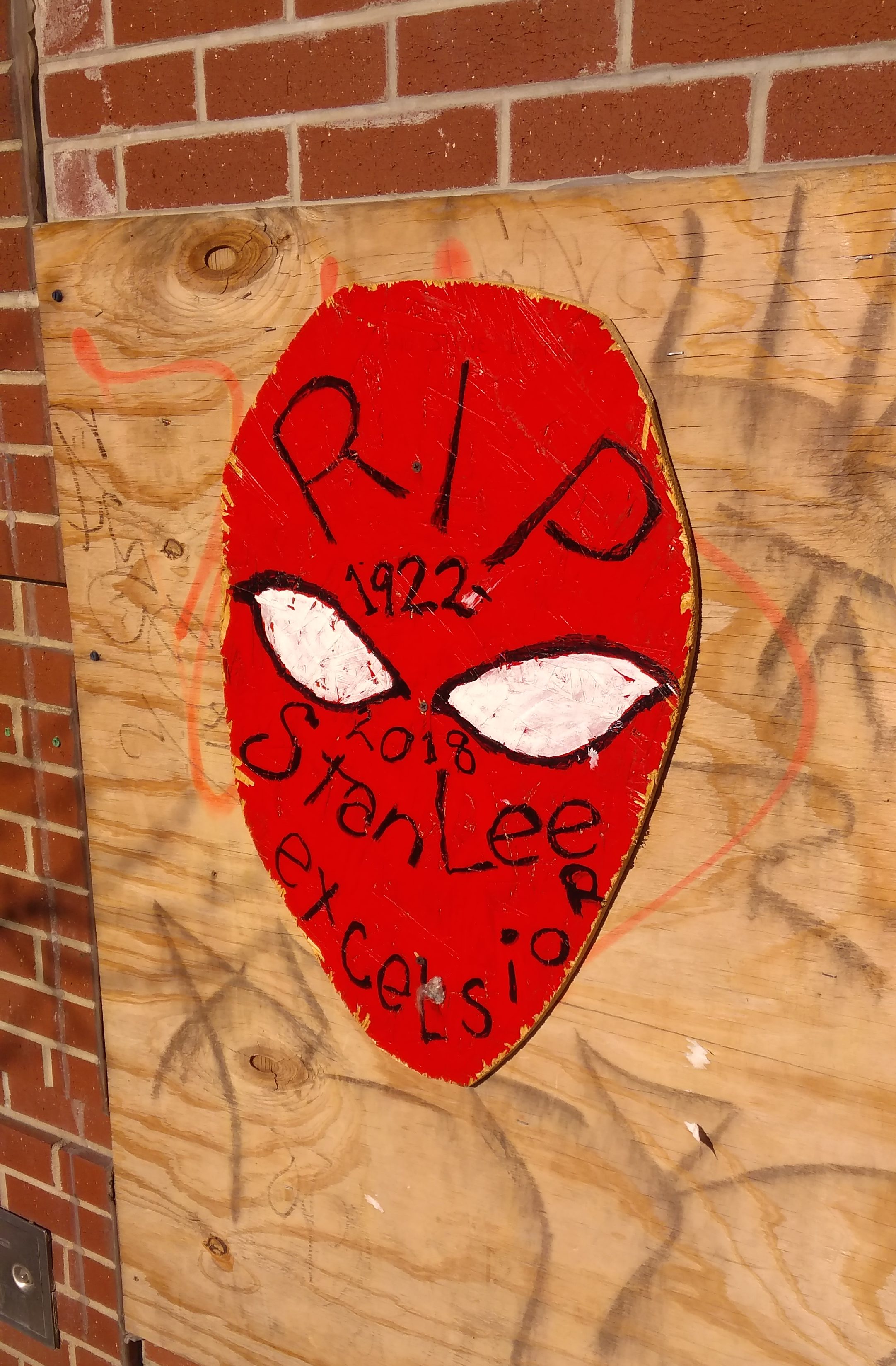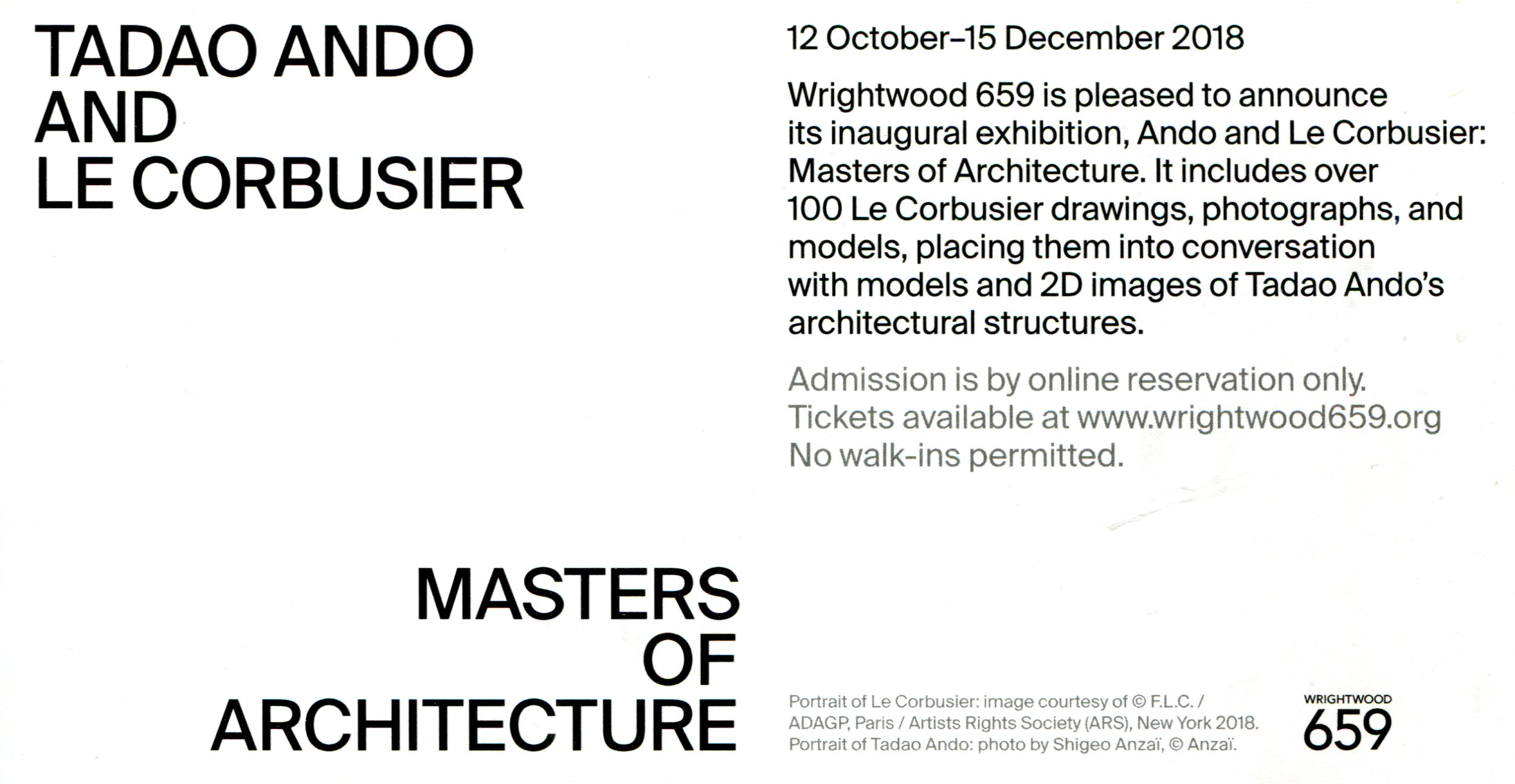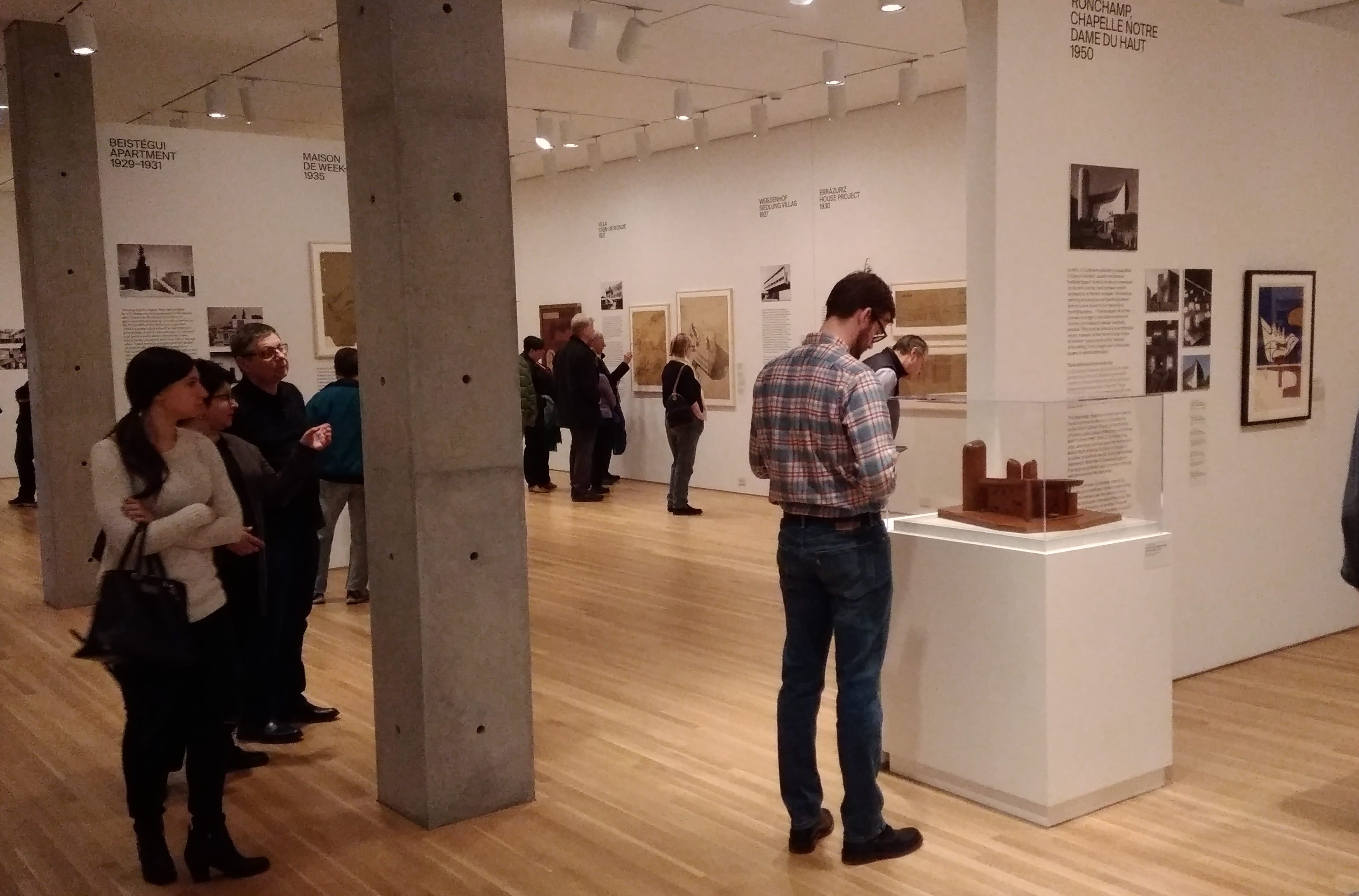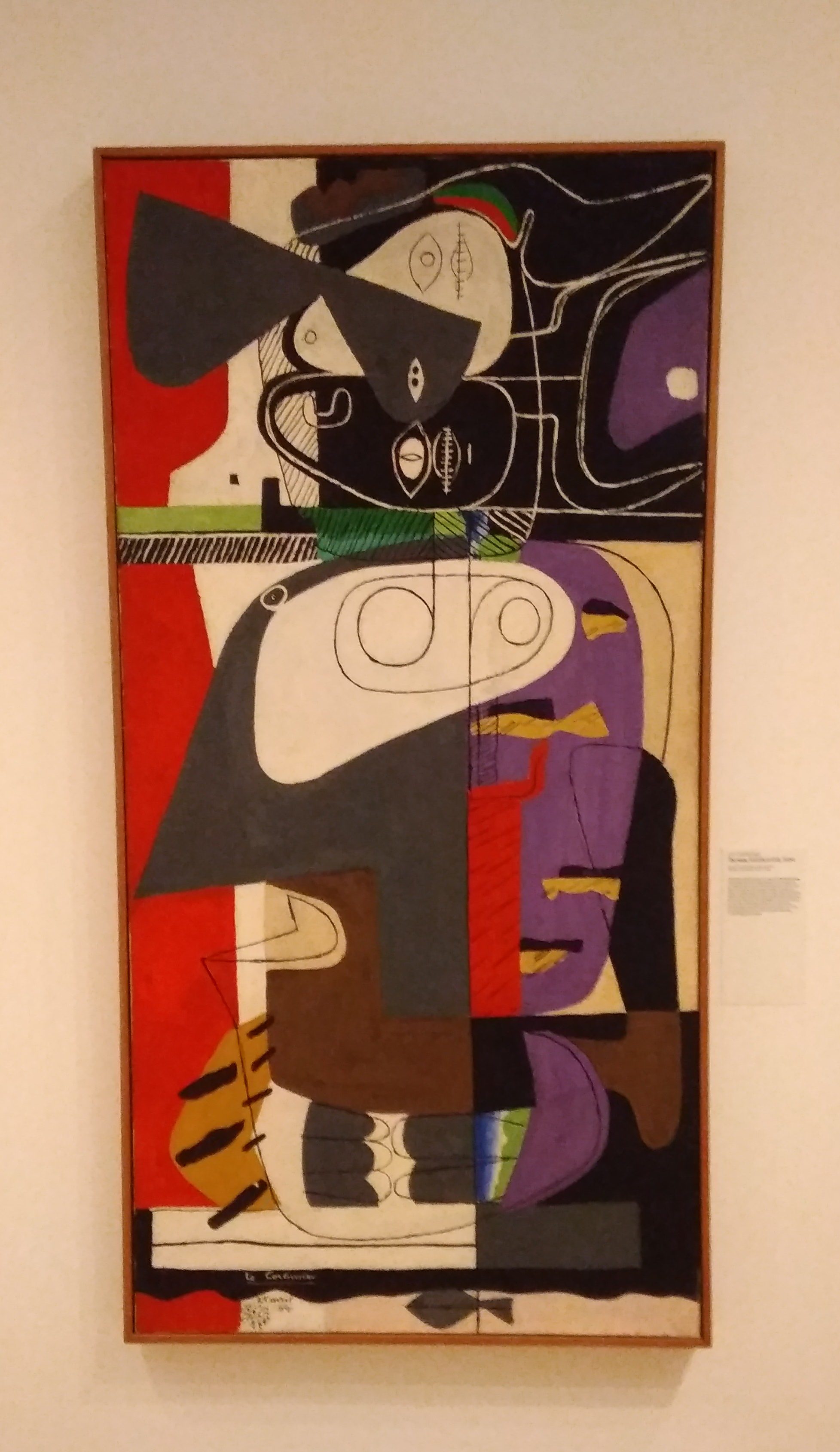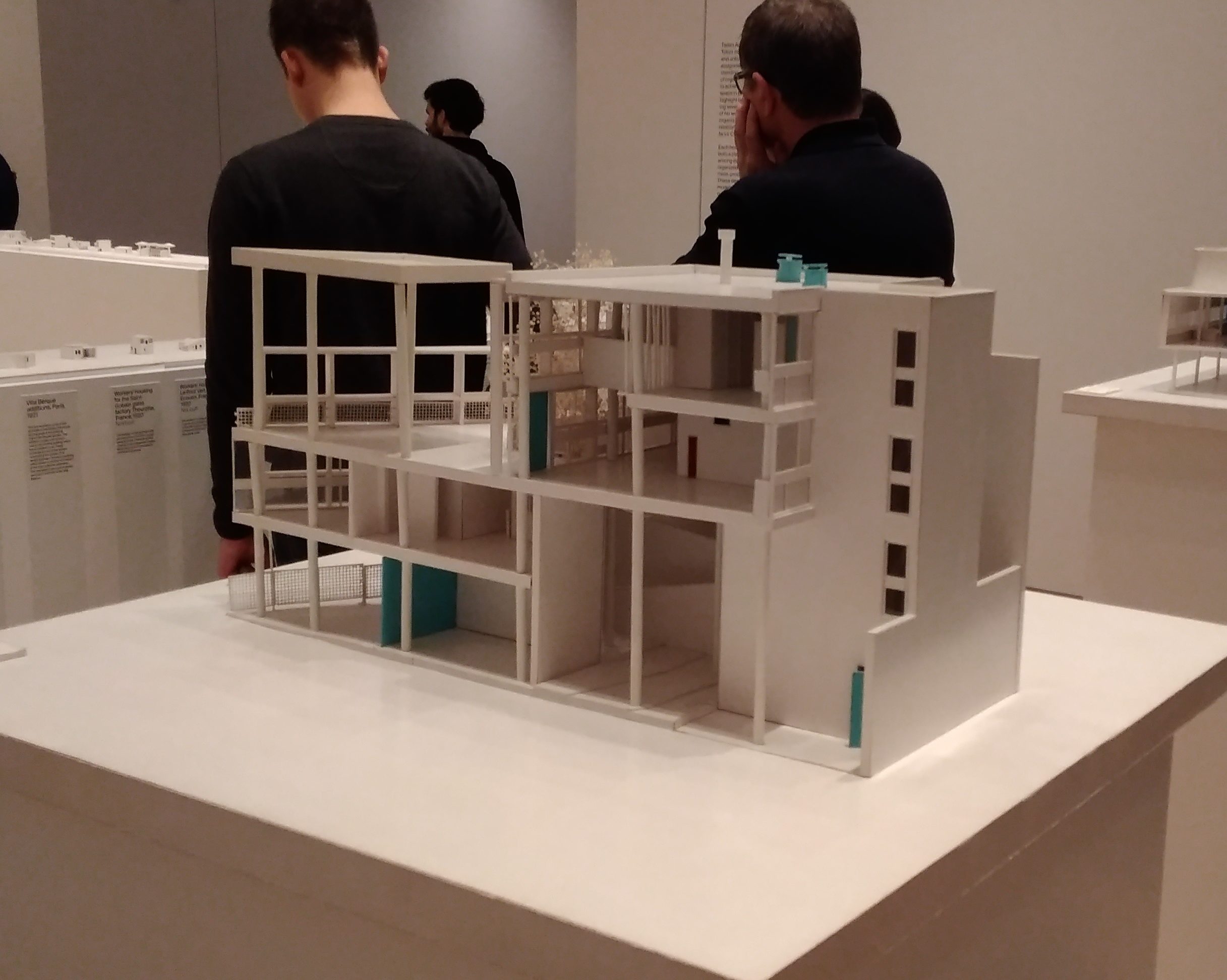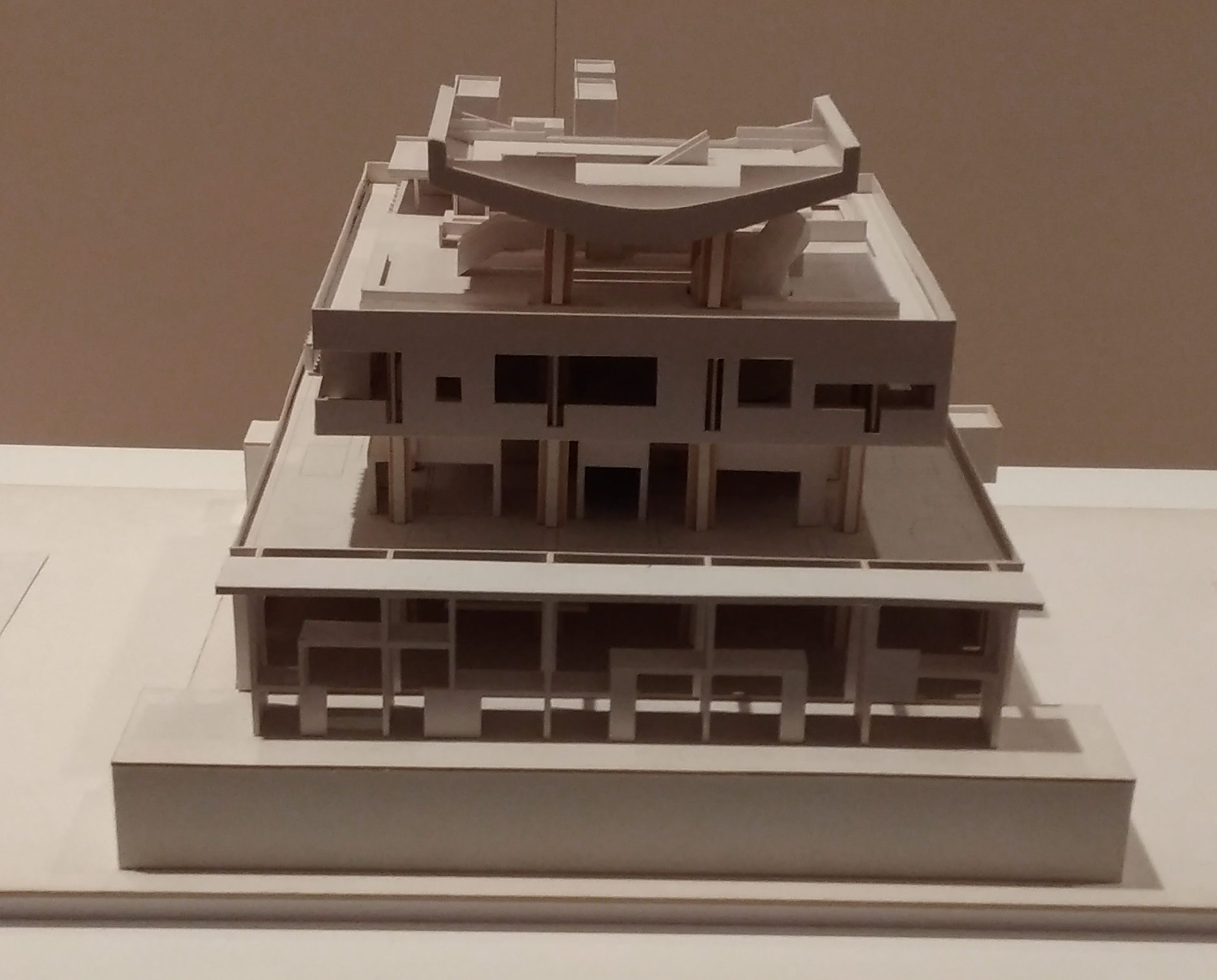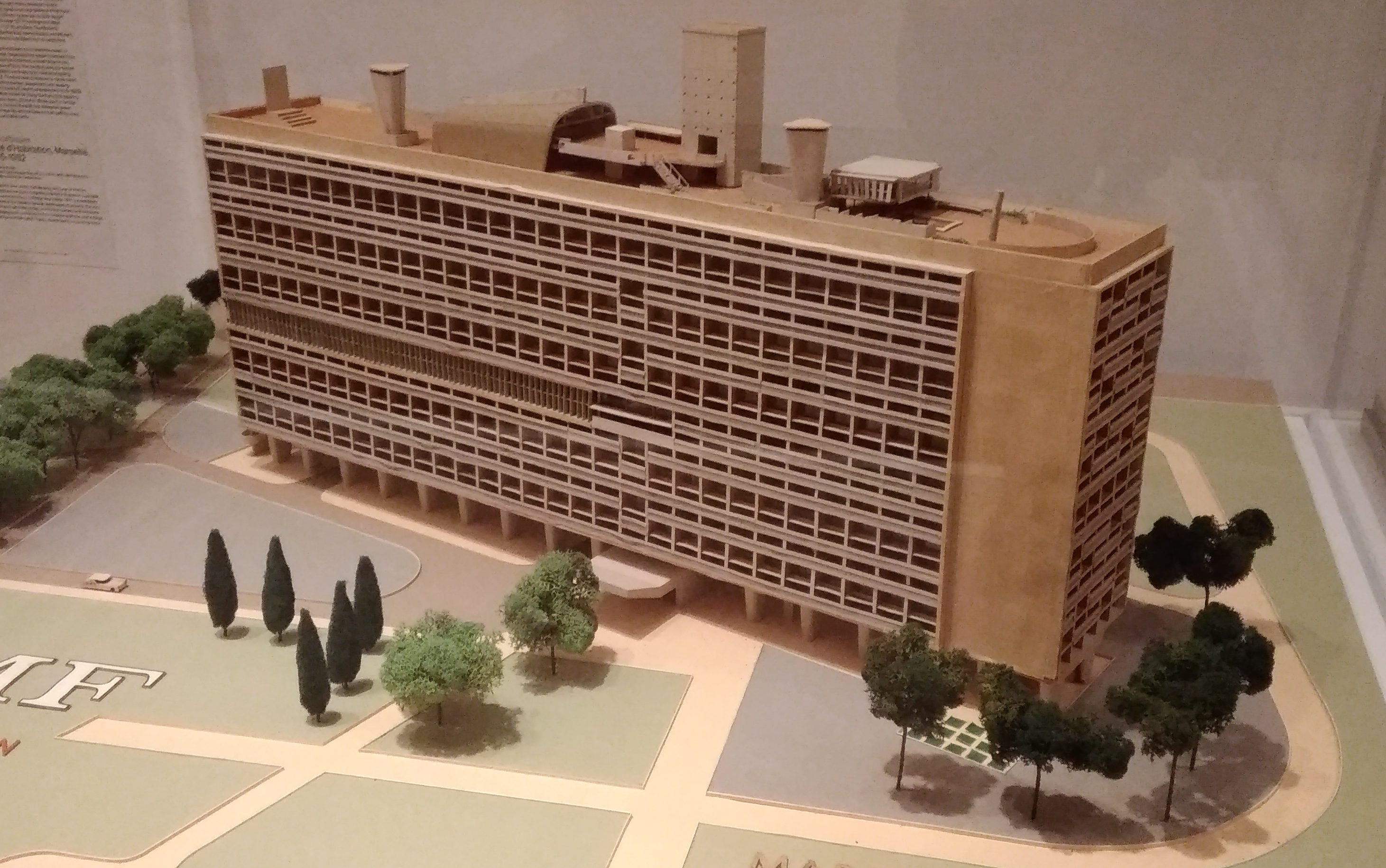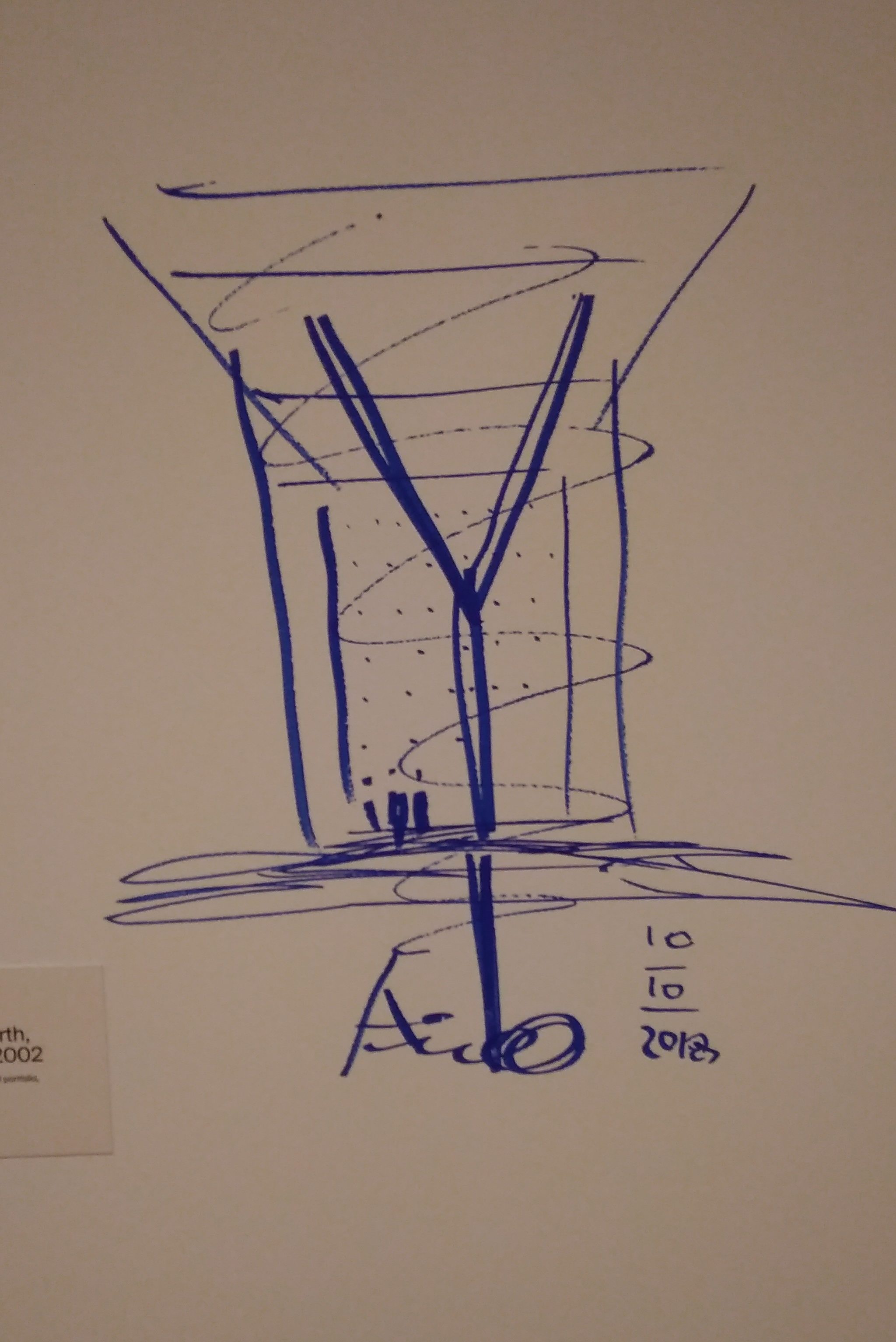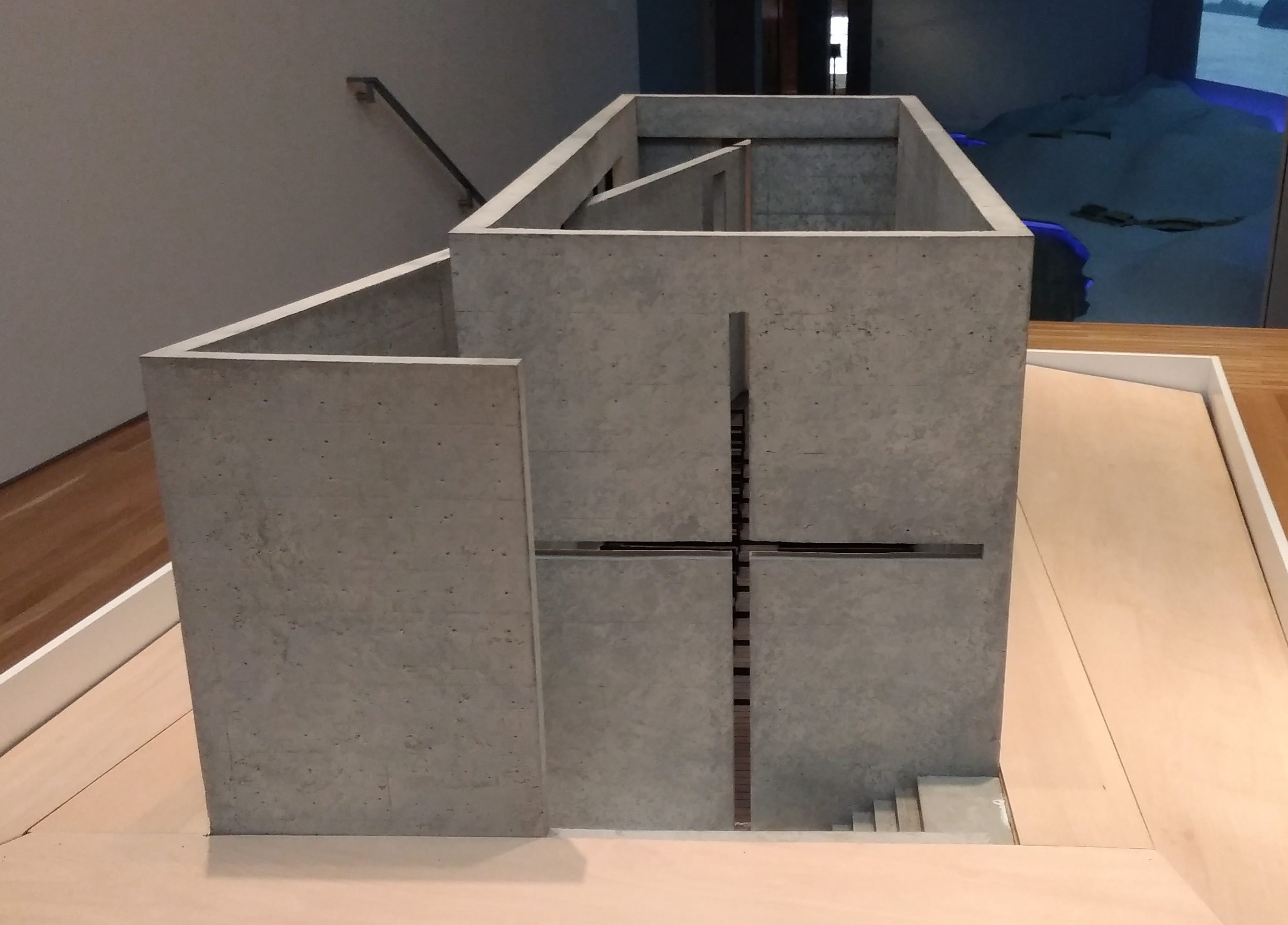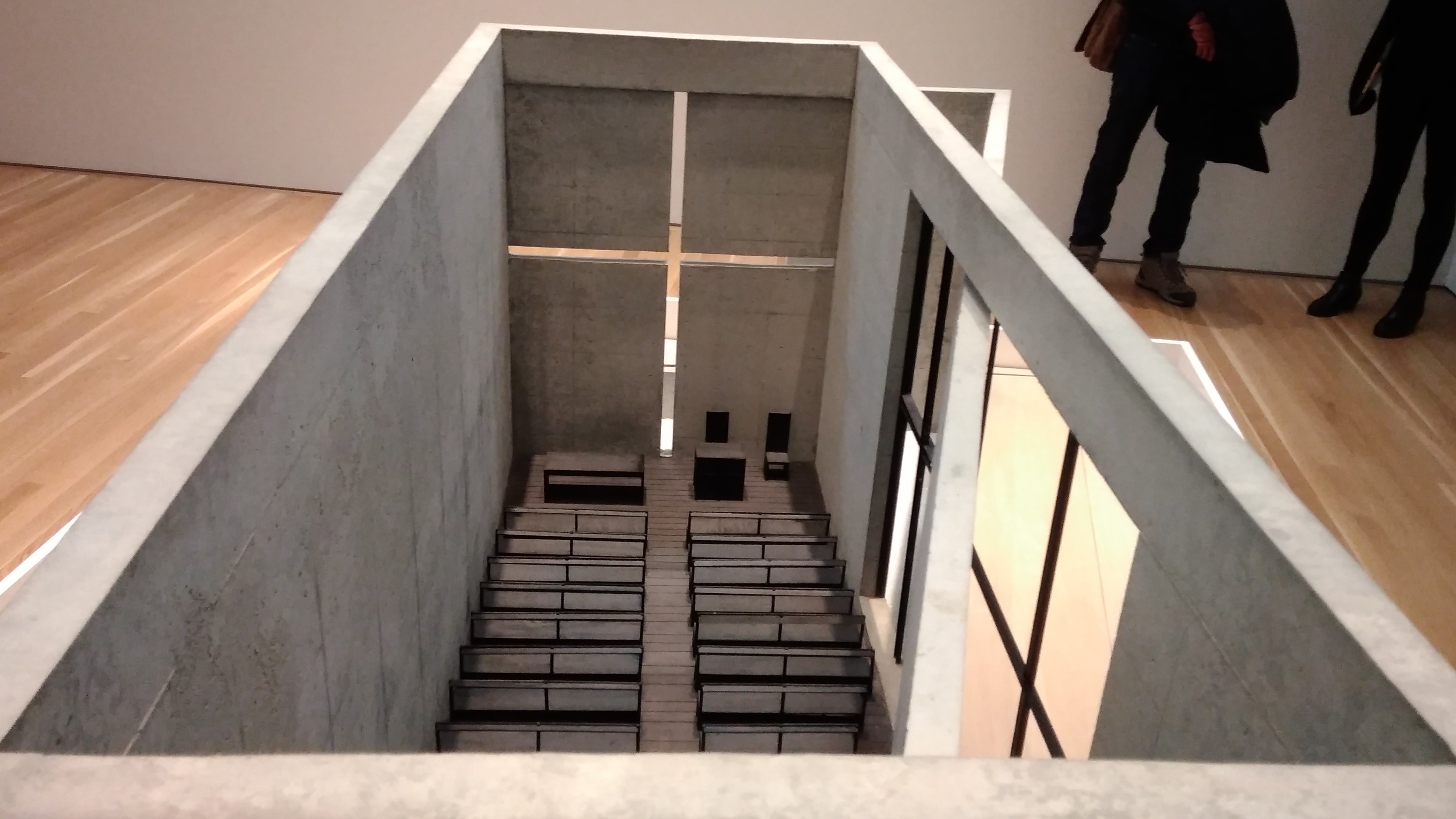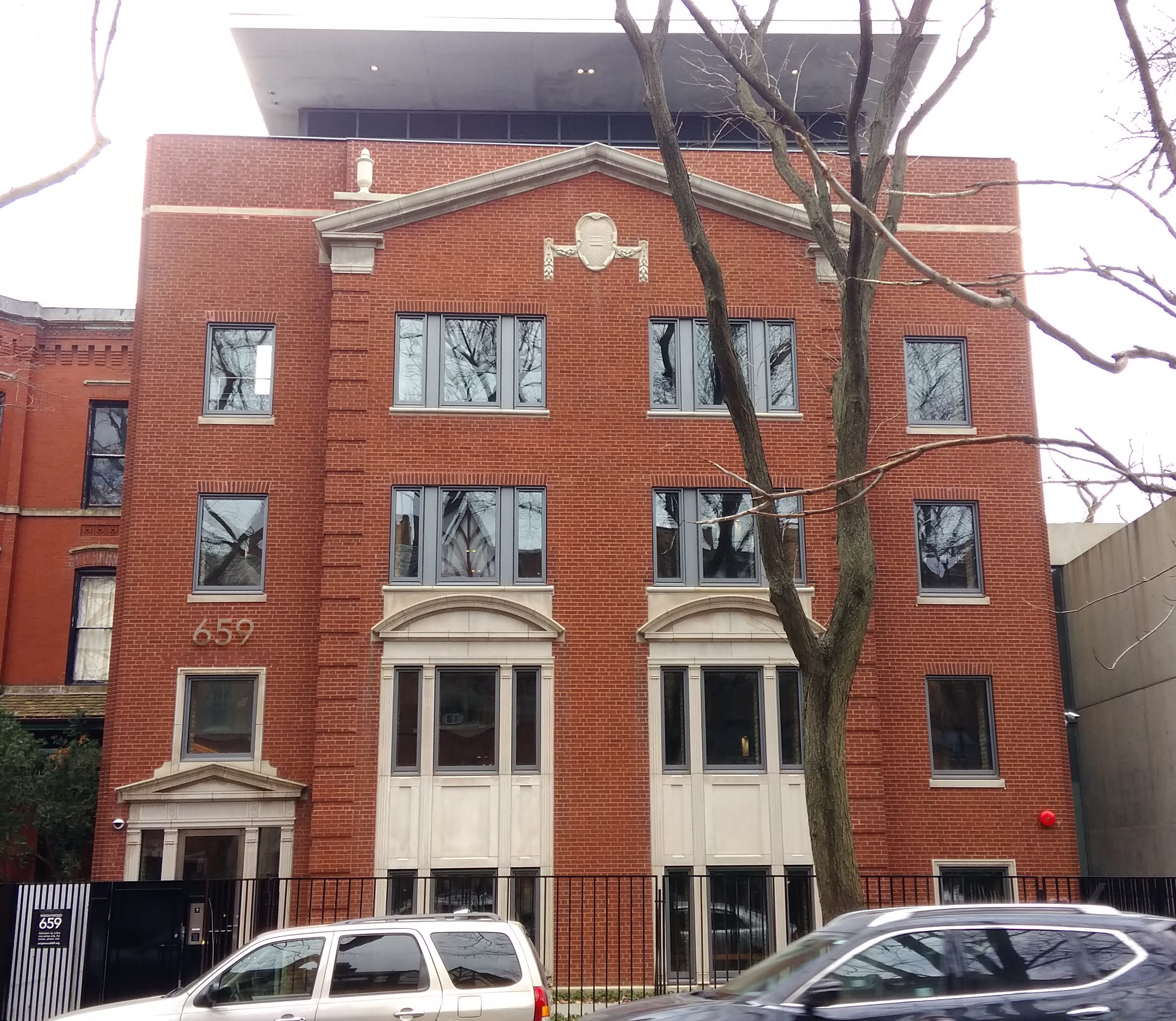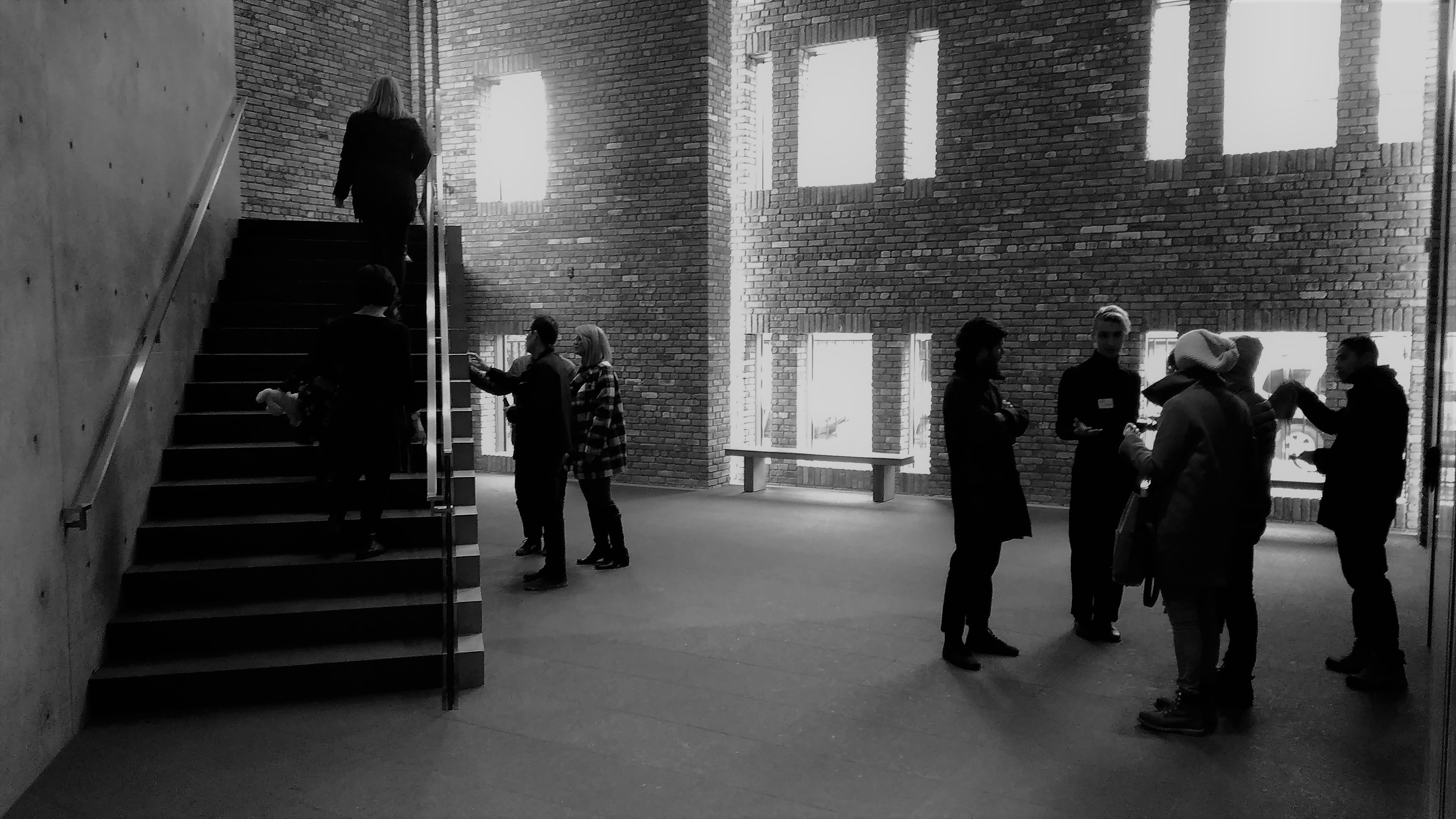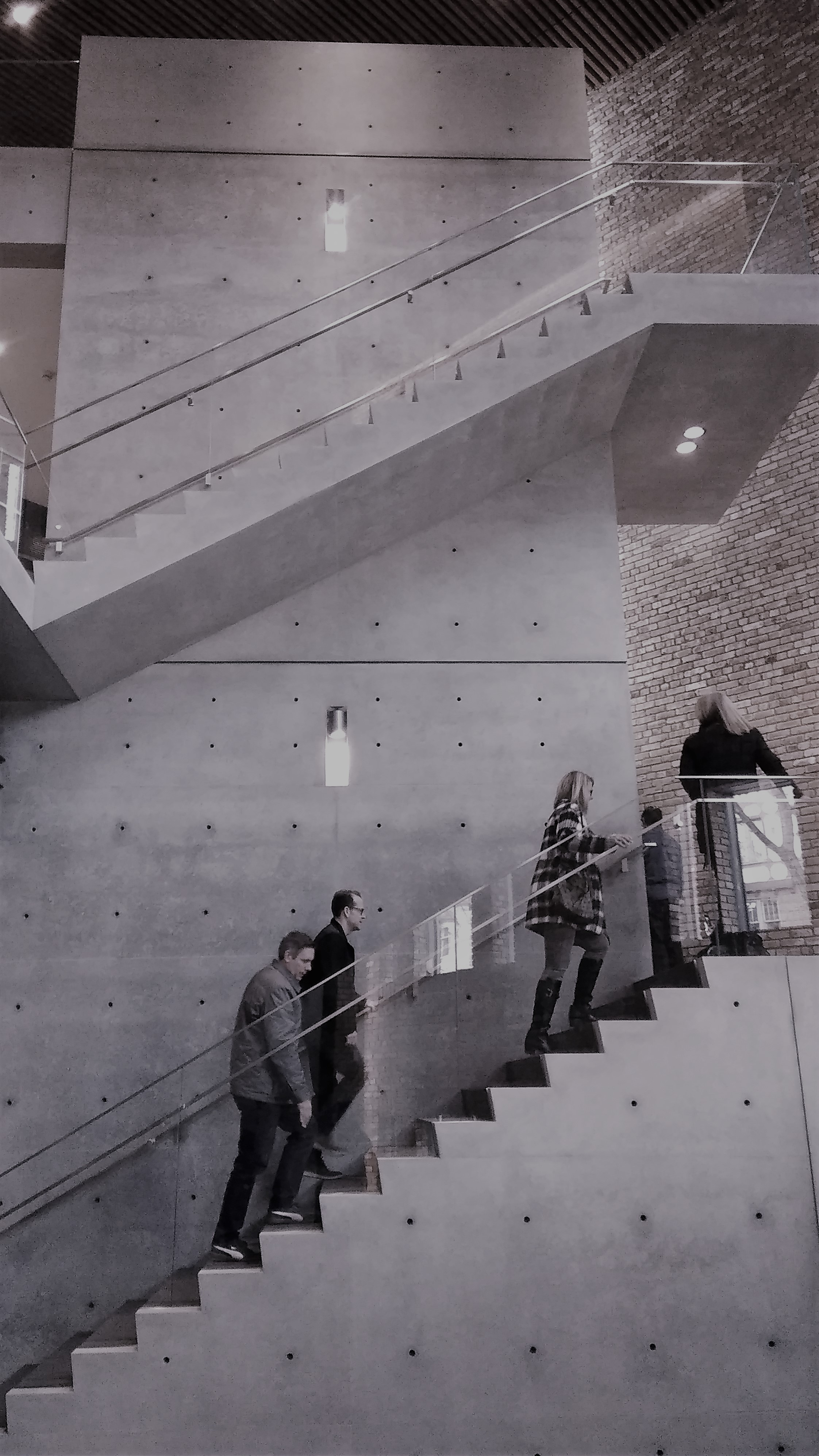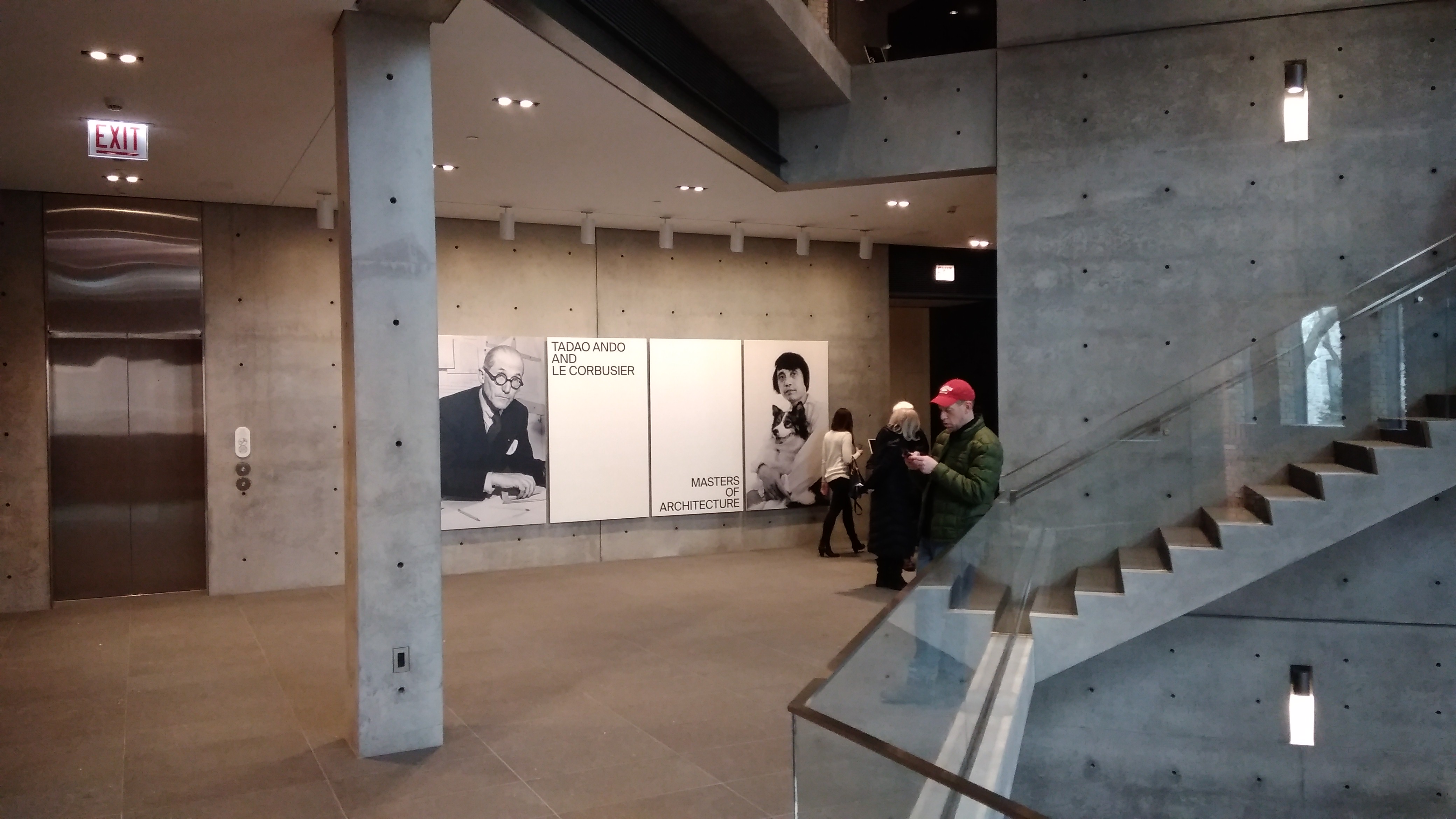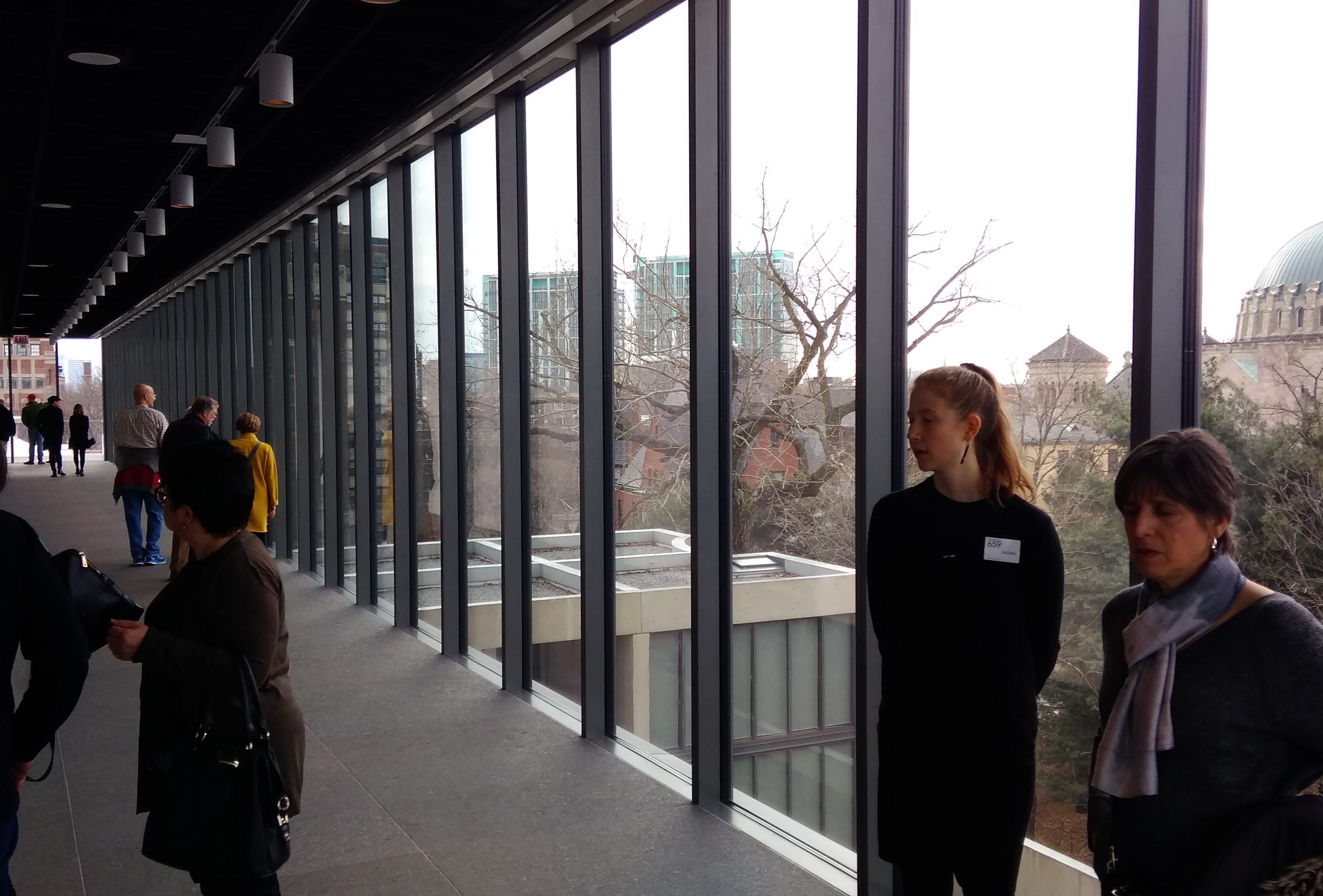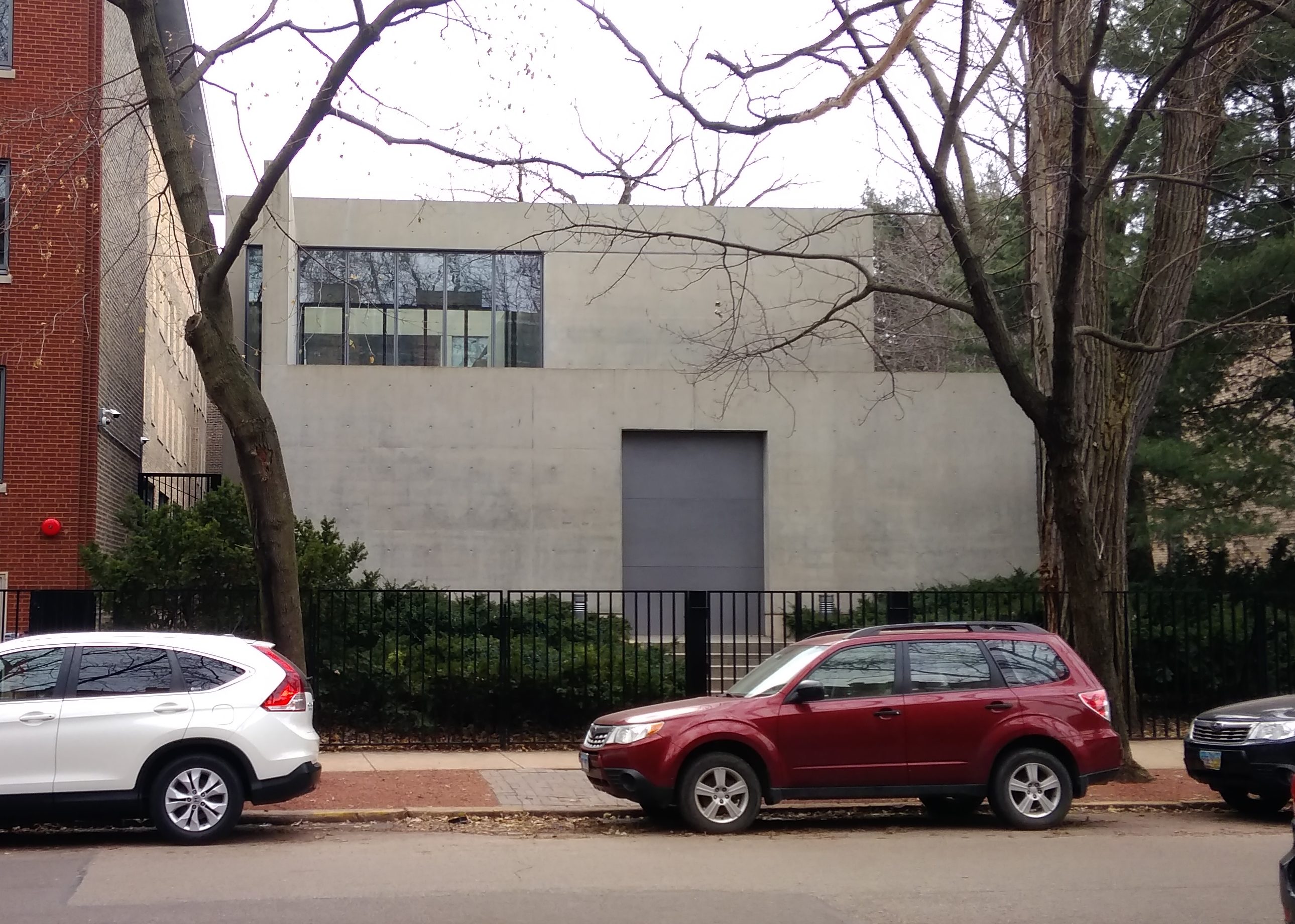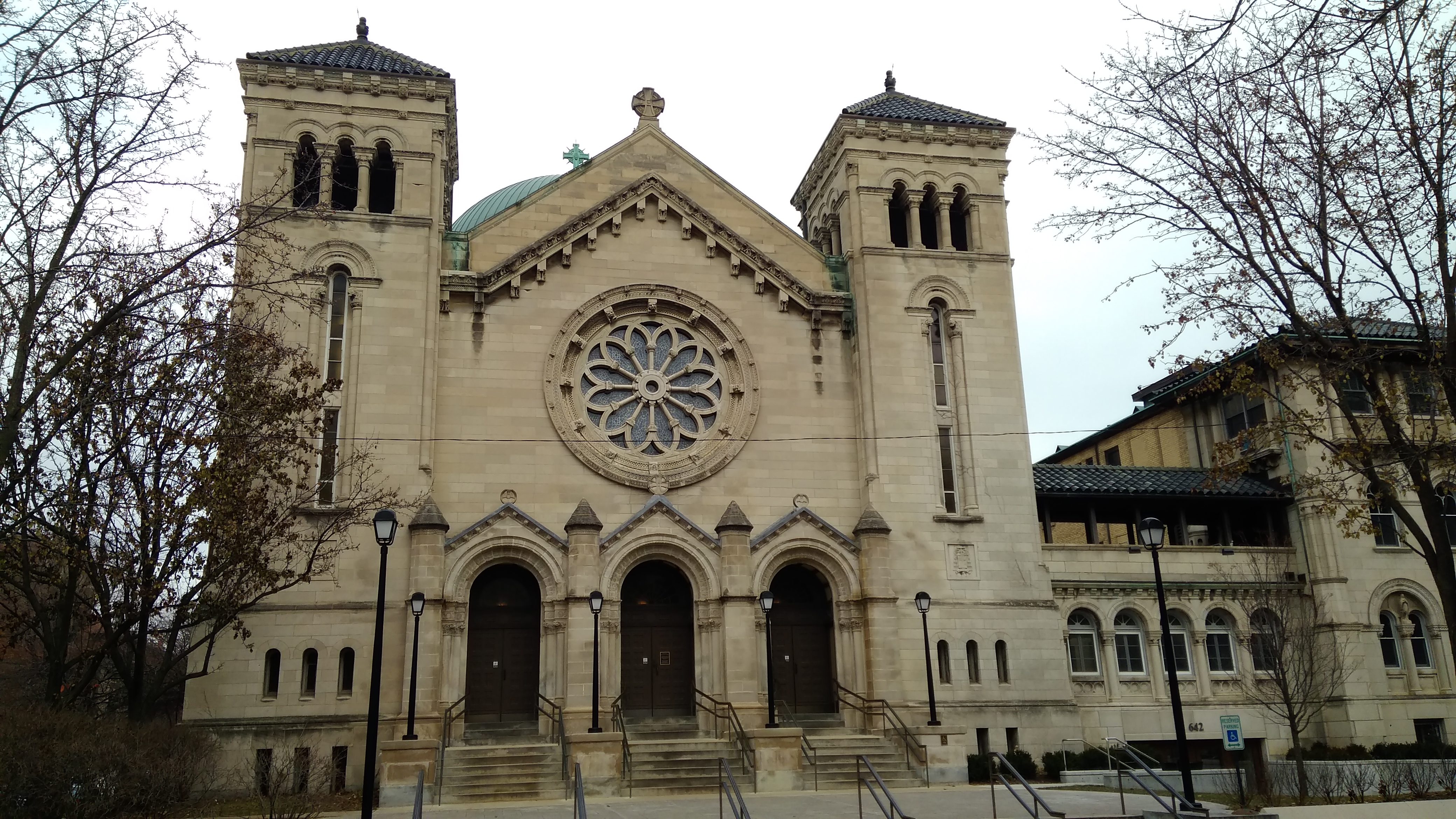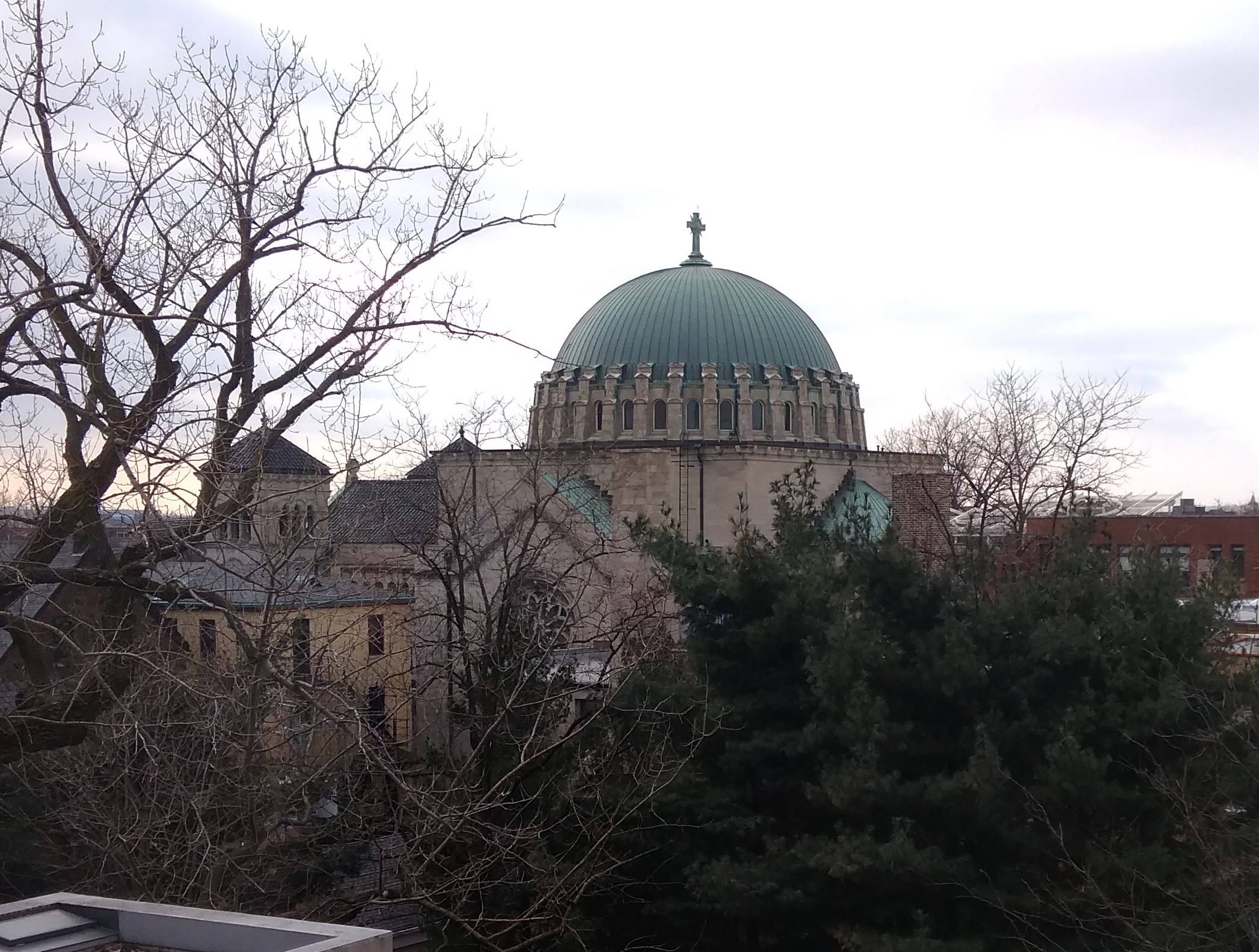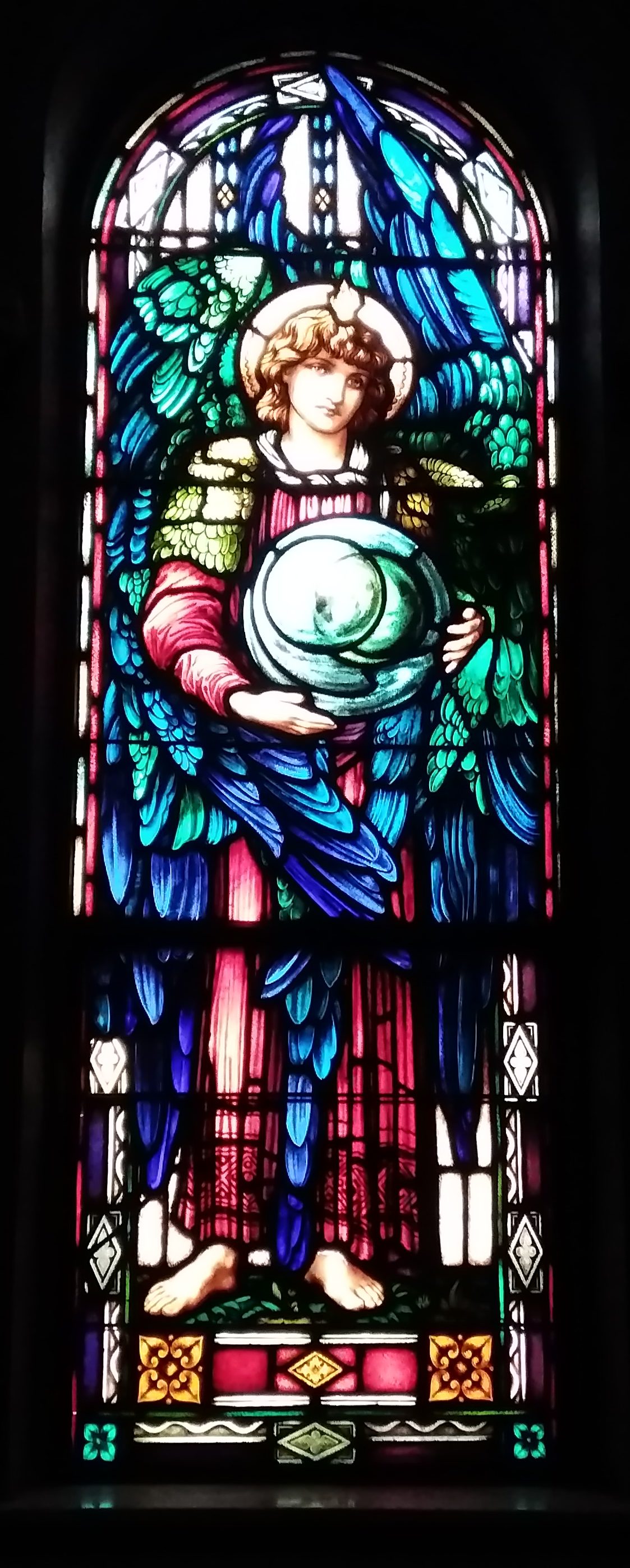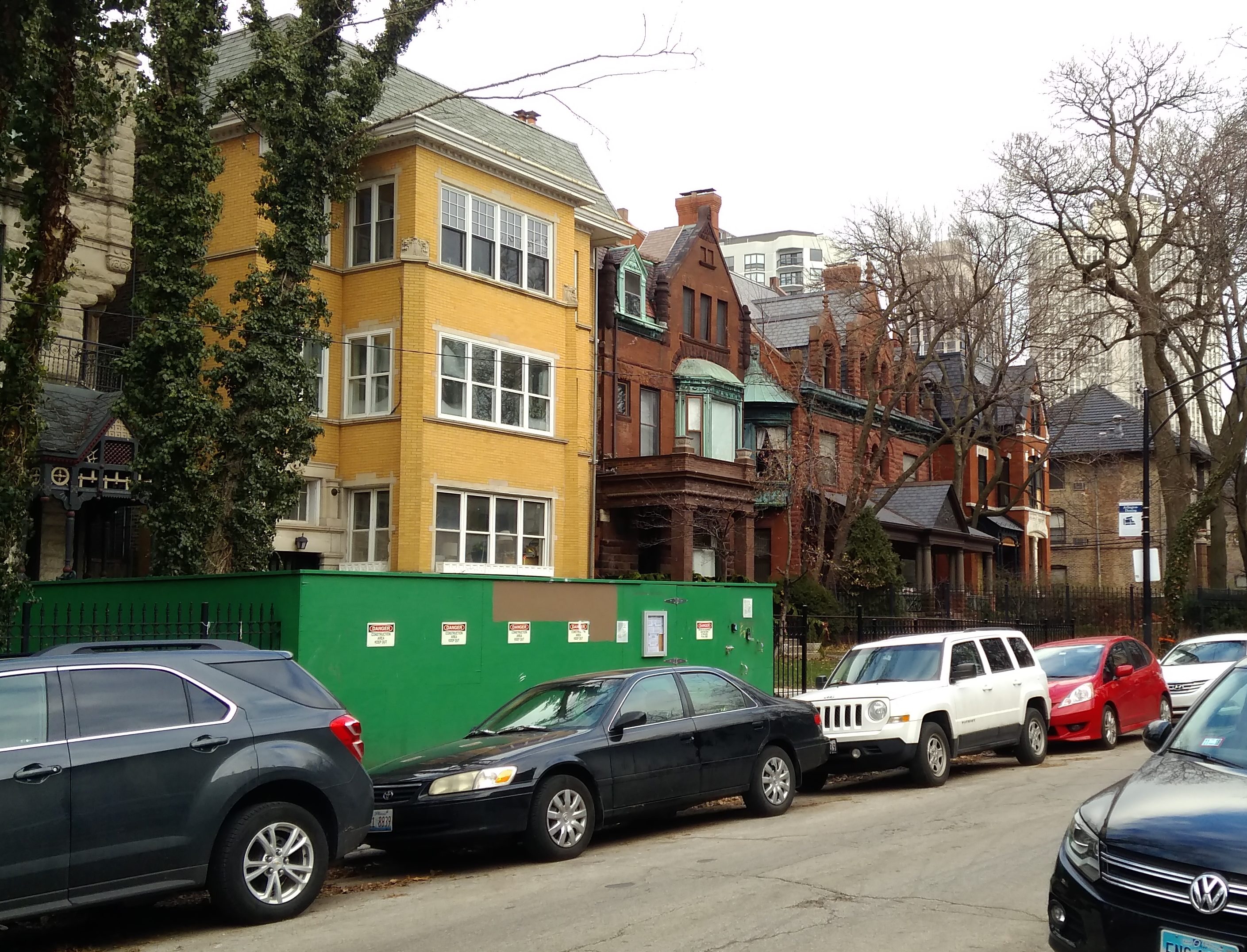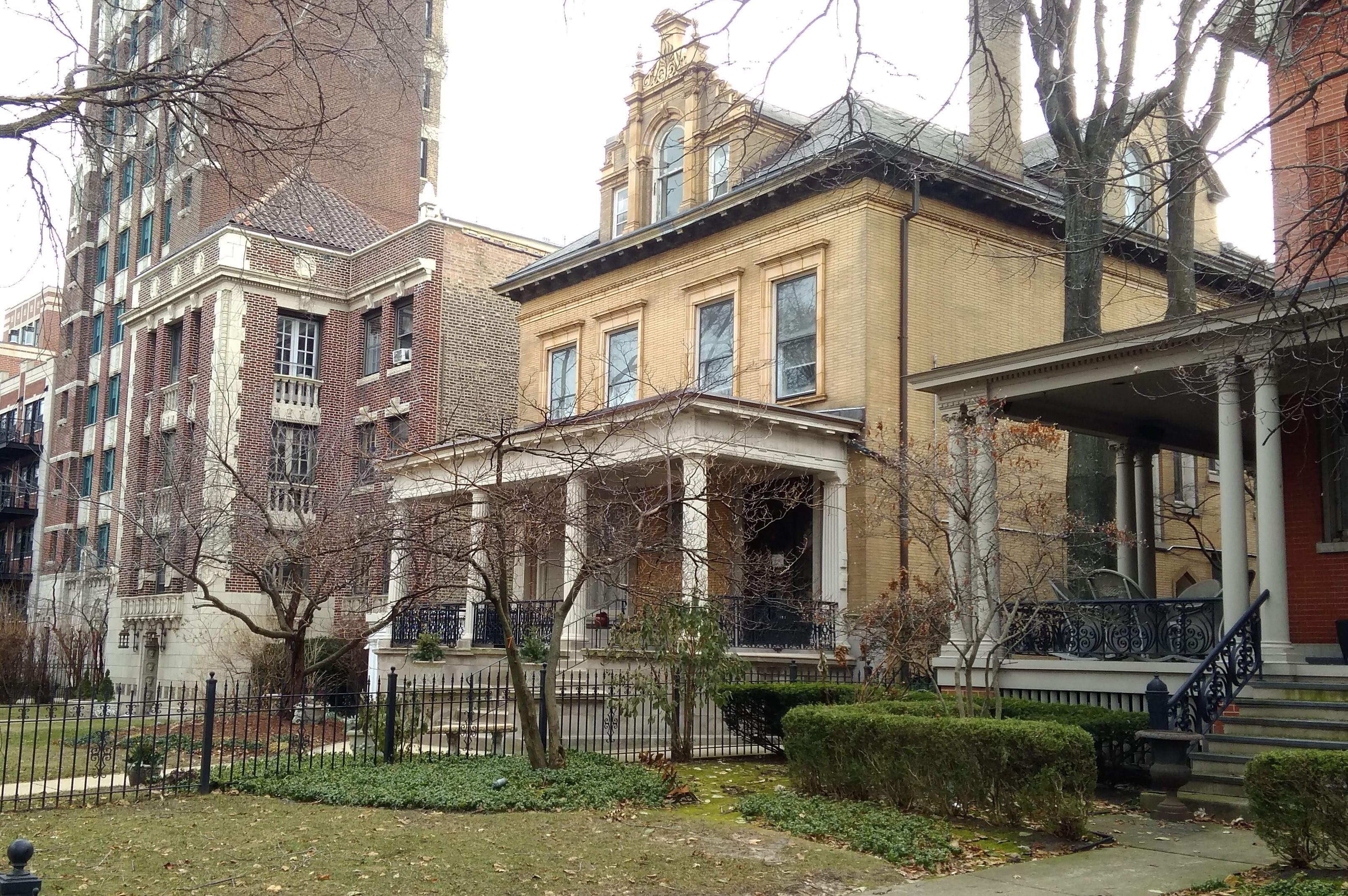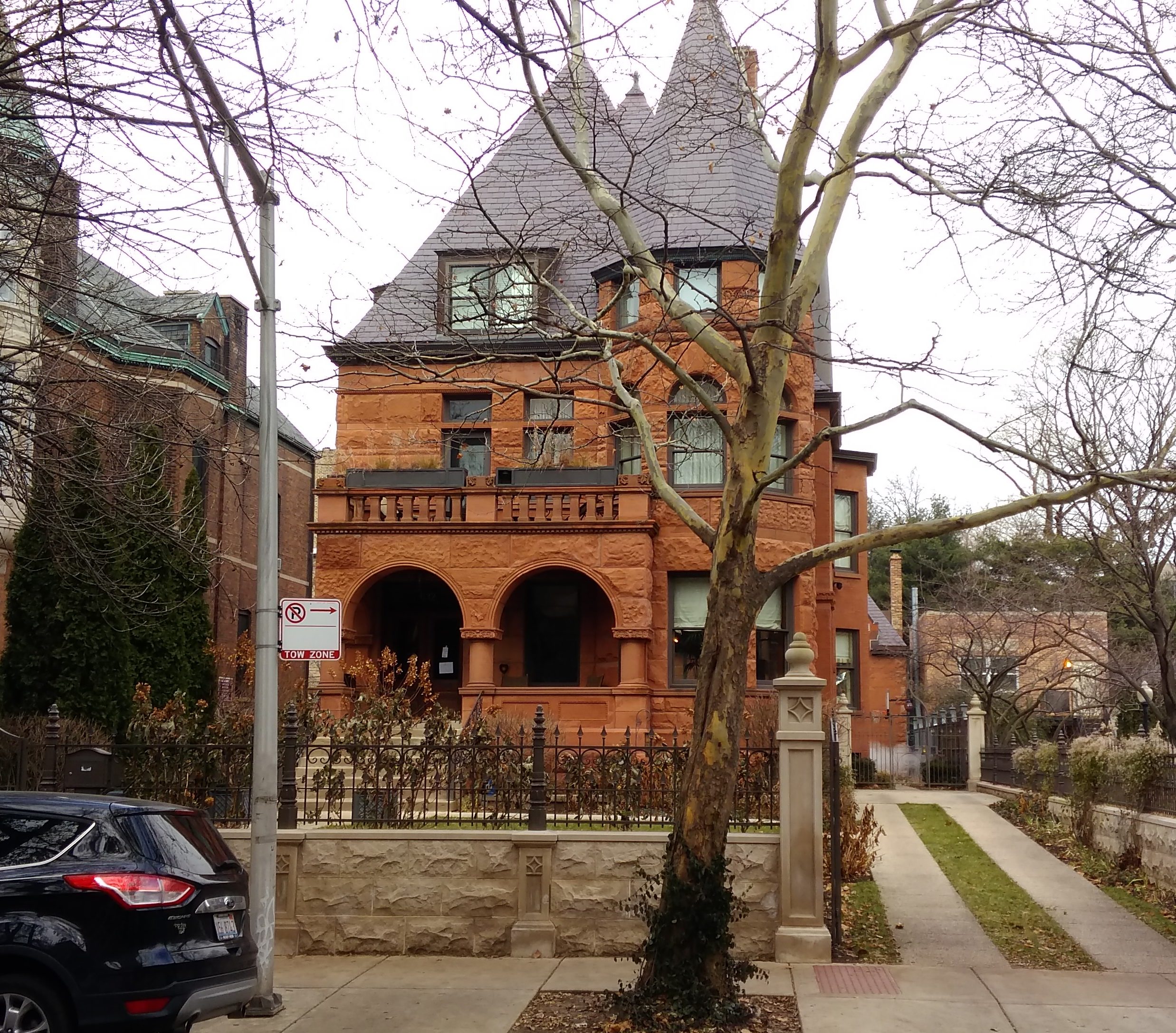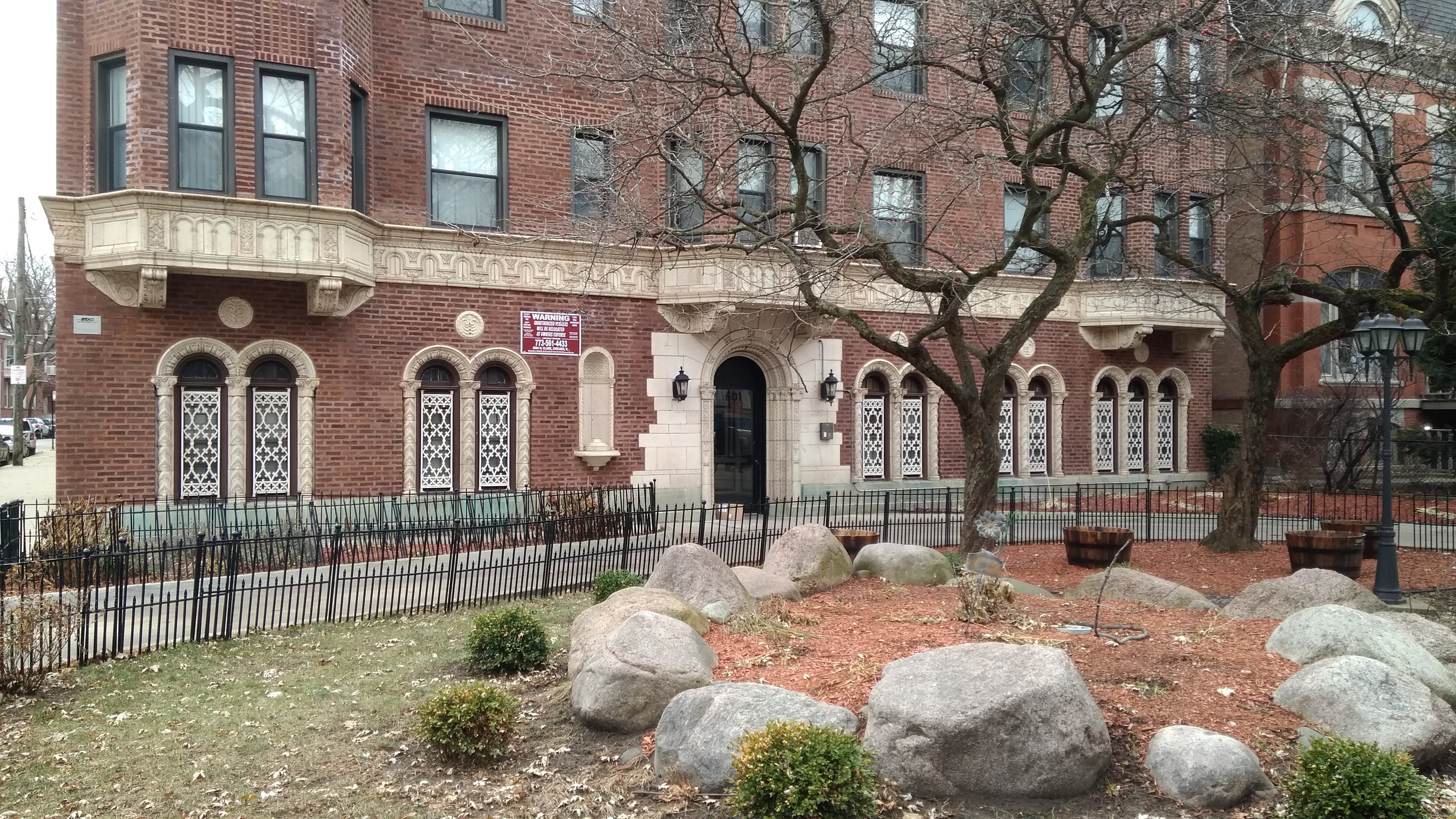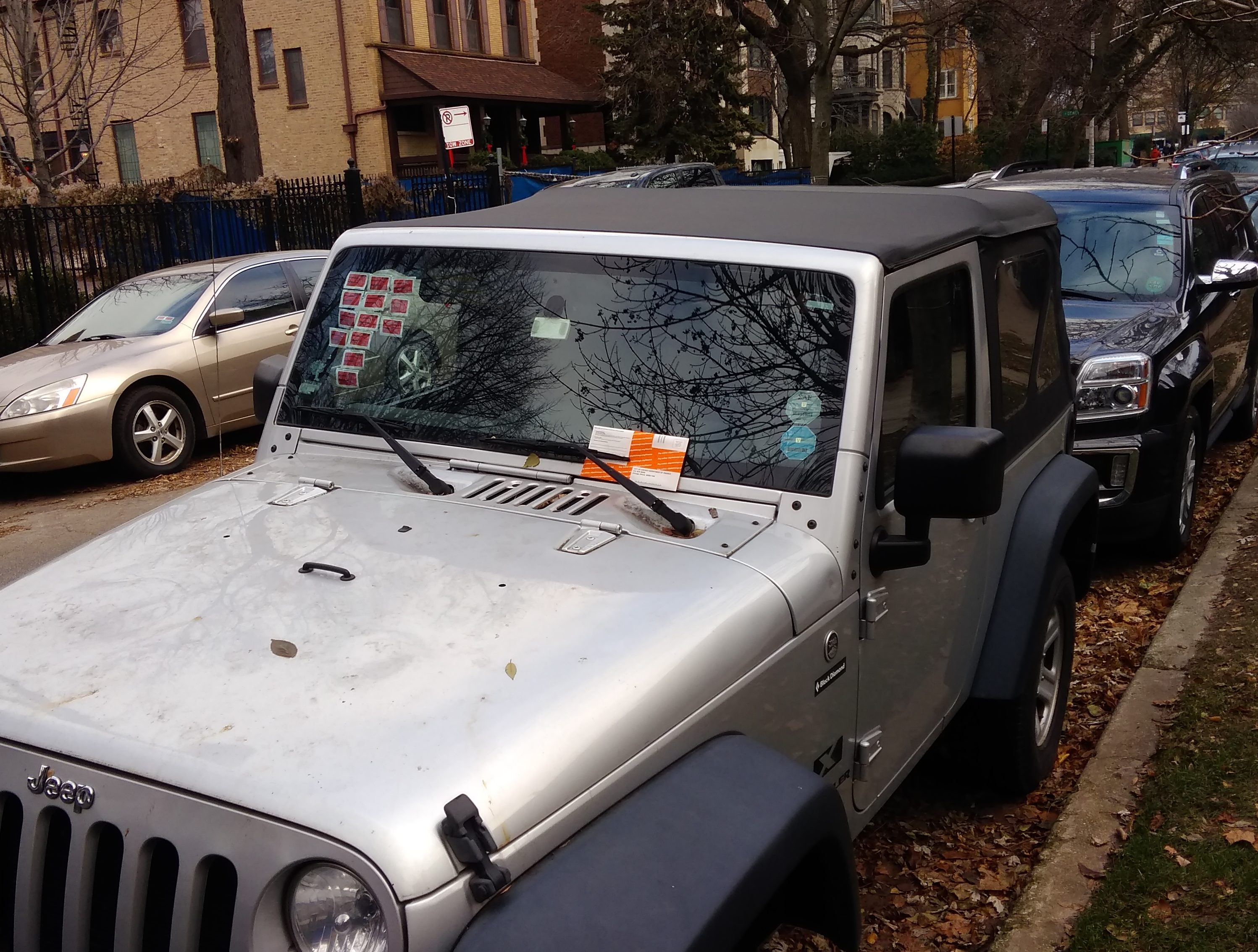Between the holidays one day, when it was cold but not too cold, I found myself on Chicago’s Near North Side, just west of Michigan Ave. At the corner of N. Wabash Ave. and E. Erie St. is the Driehaus Museum, otherwise known as the Nickerson House at 40 E. Erie St., the Gilded Age palace we visited a year and a half ago.
I didn’t stop for that this time, but headed east from there and immediately saw this structure, which is the Driehaus Museum’s next door neighbor.
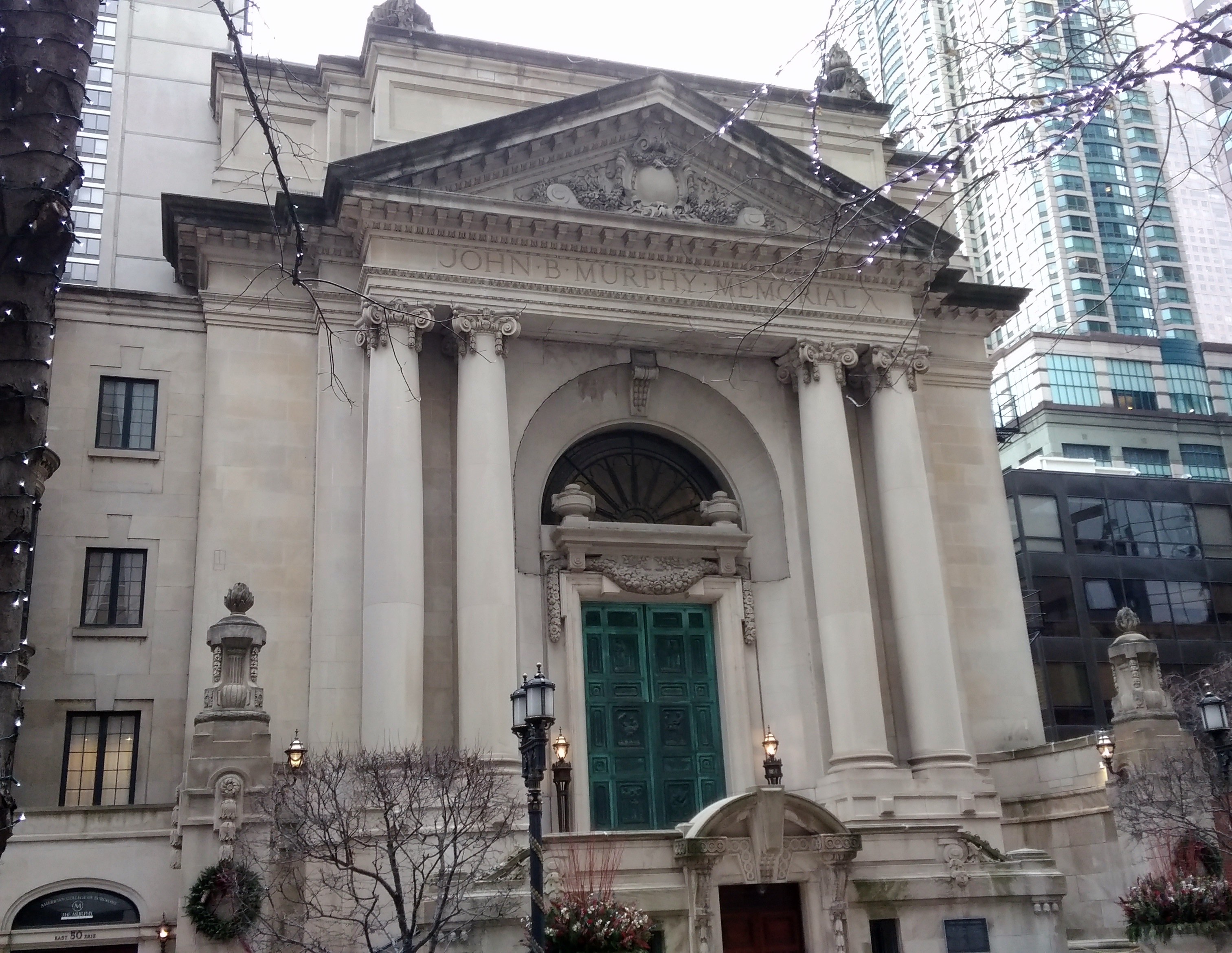 I stood thinking for a while. Who was John B. Murphy and why did he rate such an imposing memorial? Why can’t I ever remember seeing this building before? I must have. I must have seen it, but maybe I didn’t see it. A strange lapse.
I stood thinking for a while. Who was John B. Murphy and why did he rate such an imposing memorial? Why can’t I ever remember seeing this building before? I must have. I must have seen it, but maybe I didn’t see it. A strange lapse.
This is the age of computers in our pockets, so I stood on the sidewalk across the street and looked up John B. Murphy.
Dr. Murphy he was, a prominent Chicago surgeon of the late 19th/early 20th centuries (1857-1916). Among other things, he “was a pioneer in recognizing the symptoms for appendicitis, and he strongly urged immediate removal of the appendix when this symptomatic pattern appeared,” Britannica.com tells me.
Someone had to think of that. Dr. Murphy also clearly had friends with means. The web site of the Murphy Chicago — as the space is now known — says that “ground was broken on the John B. Murphy Memorial Auditorium in 1923, and construction was completed in 1926.
“The Auditorium was built to serve as a tangible memorial to the great Dr. John B. Murphy. Shortly following Dr. Murphy’s death, his friends sought to honor him by forming the John B. Murphy Memorial Association.
“The architects for this gorgeous building were Marshall and Fox. The architectural design of the Auditorium is in the French Renaissance style and is reminiscent of the Chapelle de Notre-Dame de Consolation – the Commemorative Monument to the Bazar de la Charite Fire, located in Paris.”
The American College of Surgeons owned the property from day one and still does. The organization formerly hosted ACS meetings there and used it for surgery education, but in the 21st century, it’s a rentable event space. Weddings are a specialty, apparently.

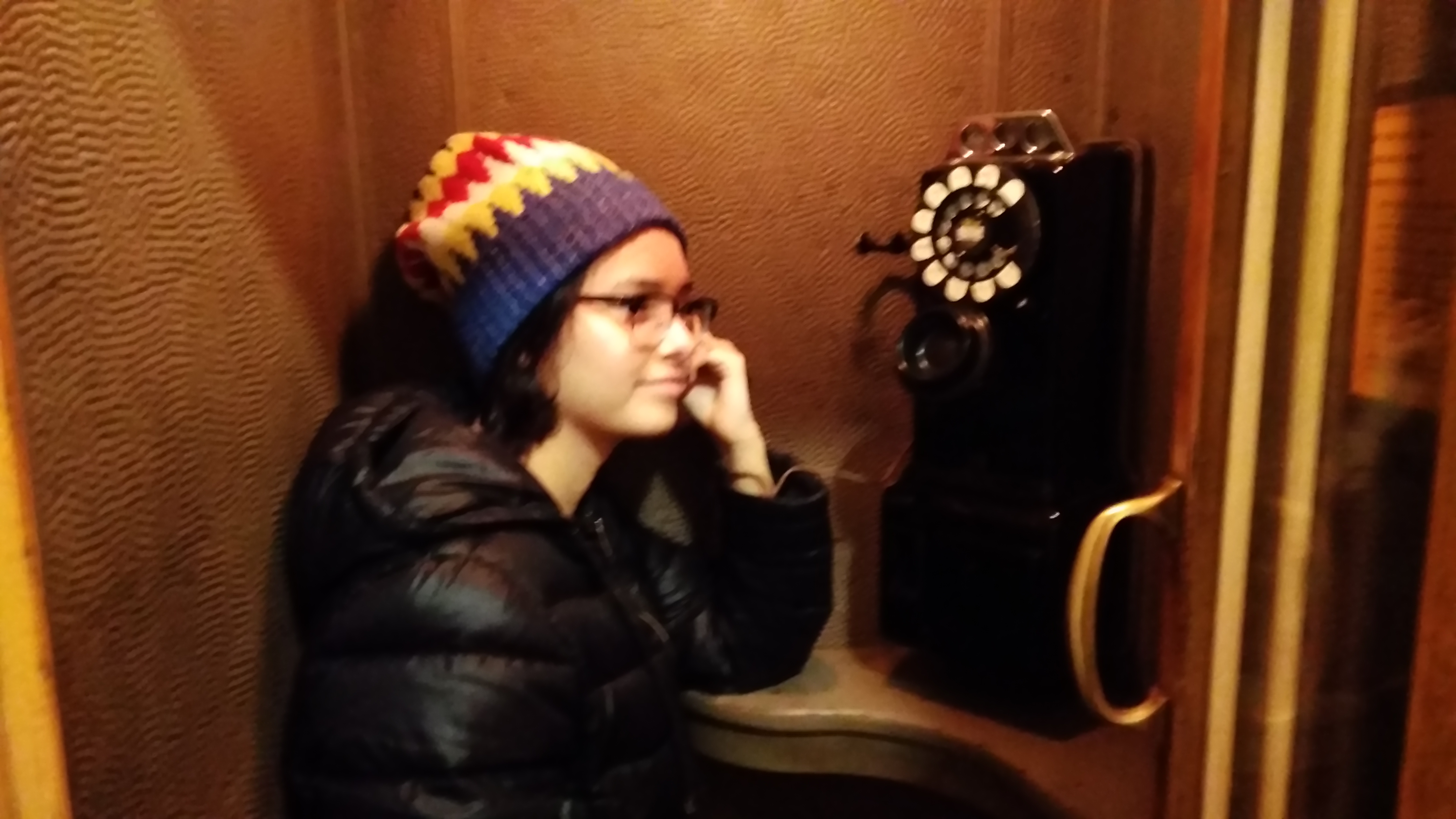
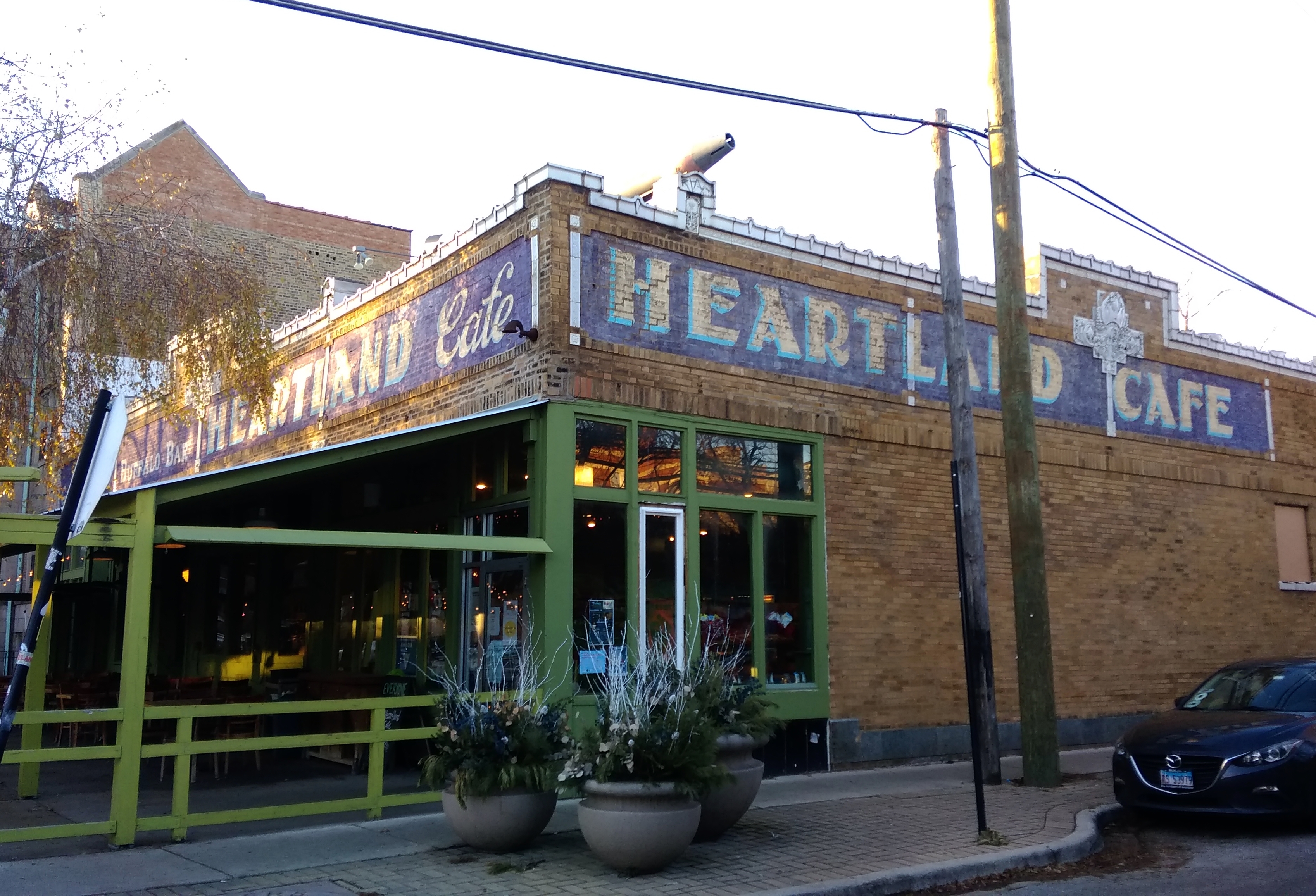 Word is that the Heartland is closing on December 31. That was a surprise, since it’s been around a long time — opening during the last year of the Ford administration.
Word is that the Heartland is closing on December 31. That was a surprise, since it’s been around a long time — opening during the last year of the Ford administration.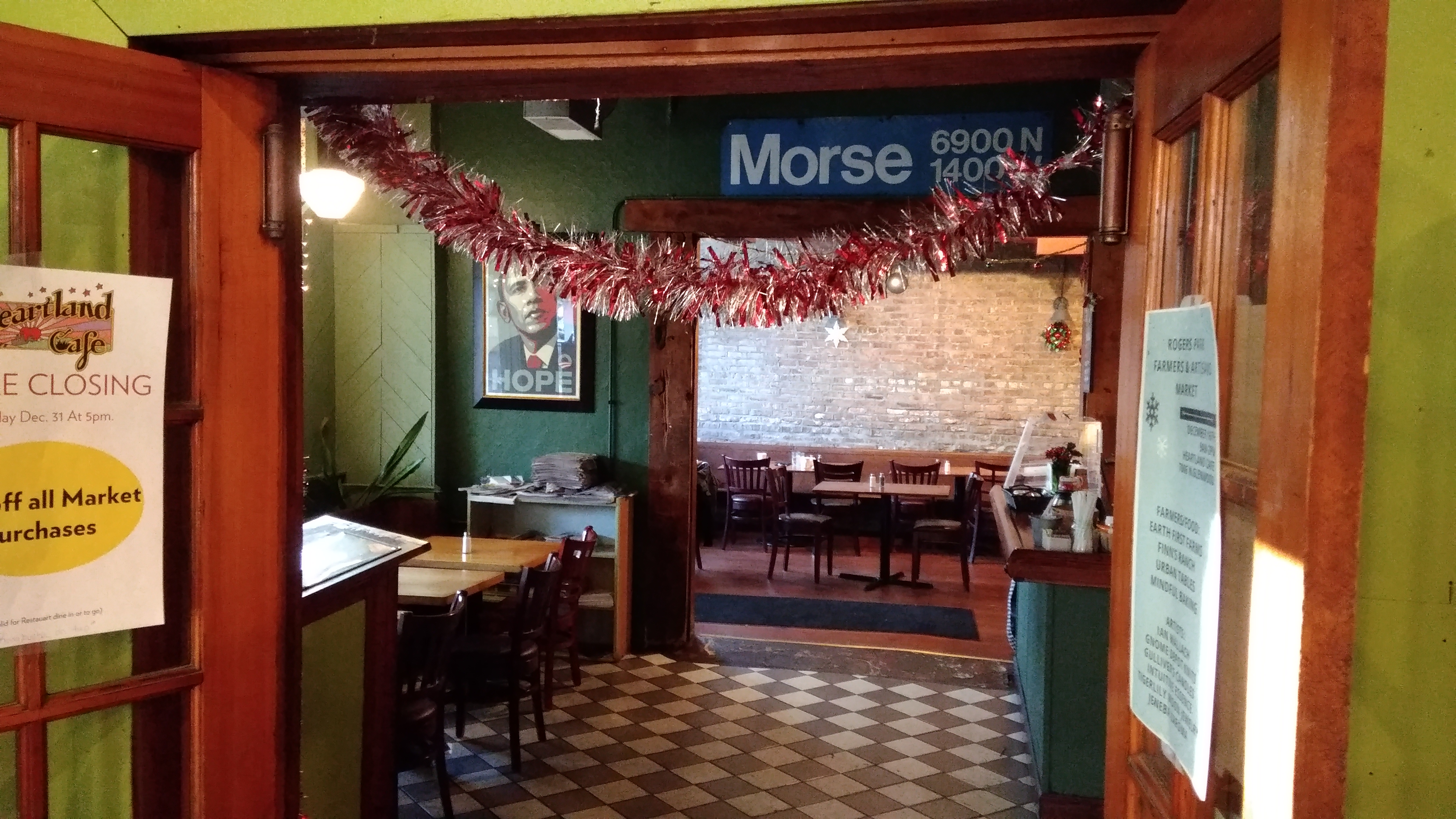 The Hope poster shows more than mere political sympathies, though it does do that. Rather, the Heartland is one of the places that
The Hope poster shows more than mere political sympathies, though it does do that. Rather, the Heartland is one of the places that 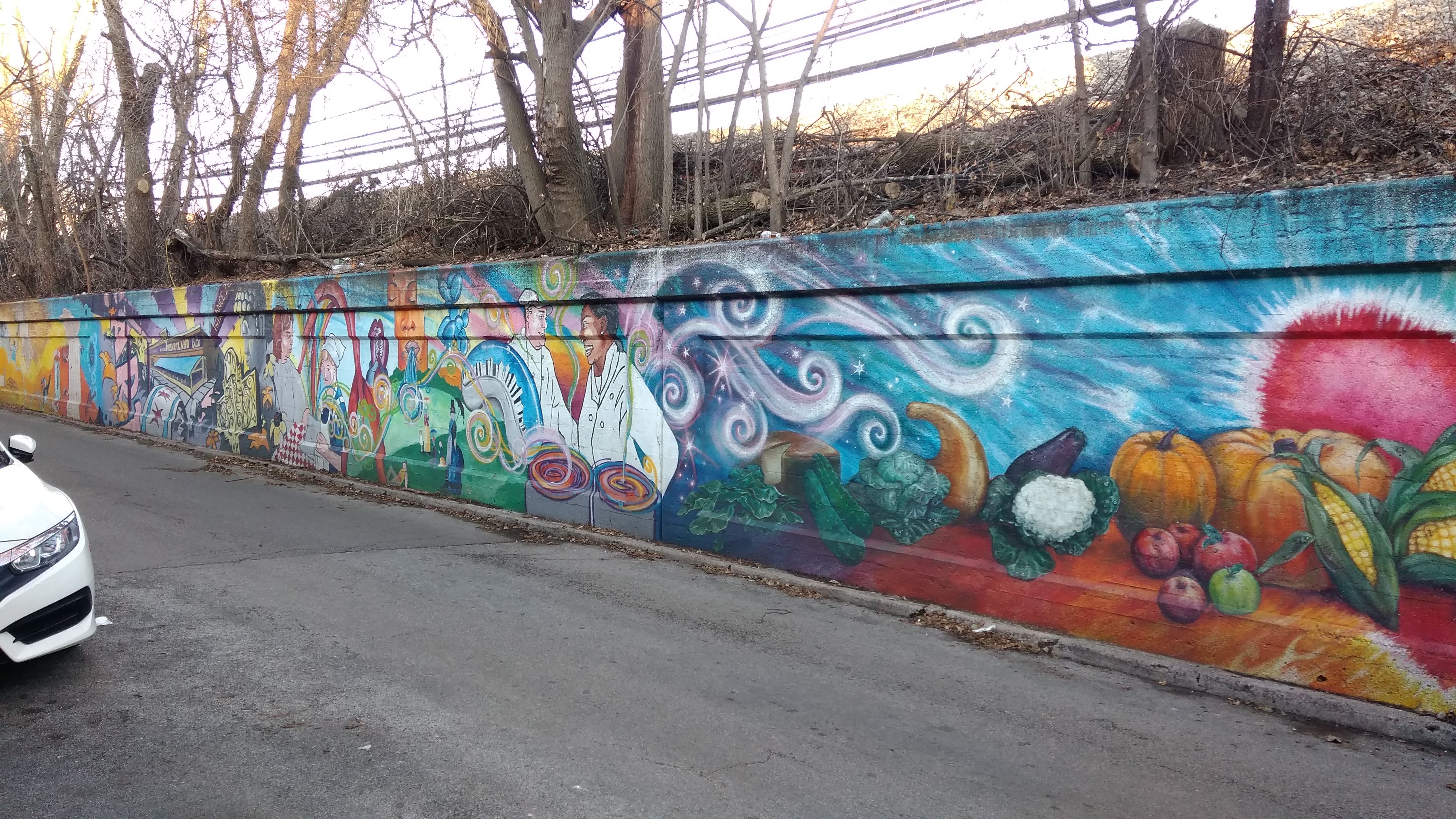
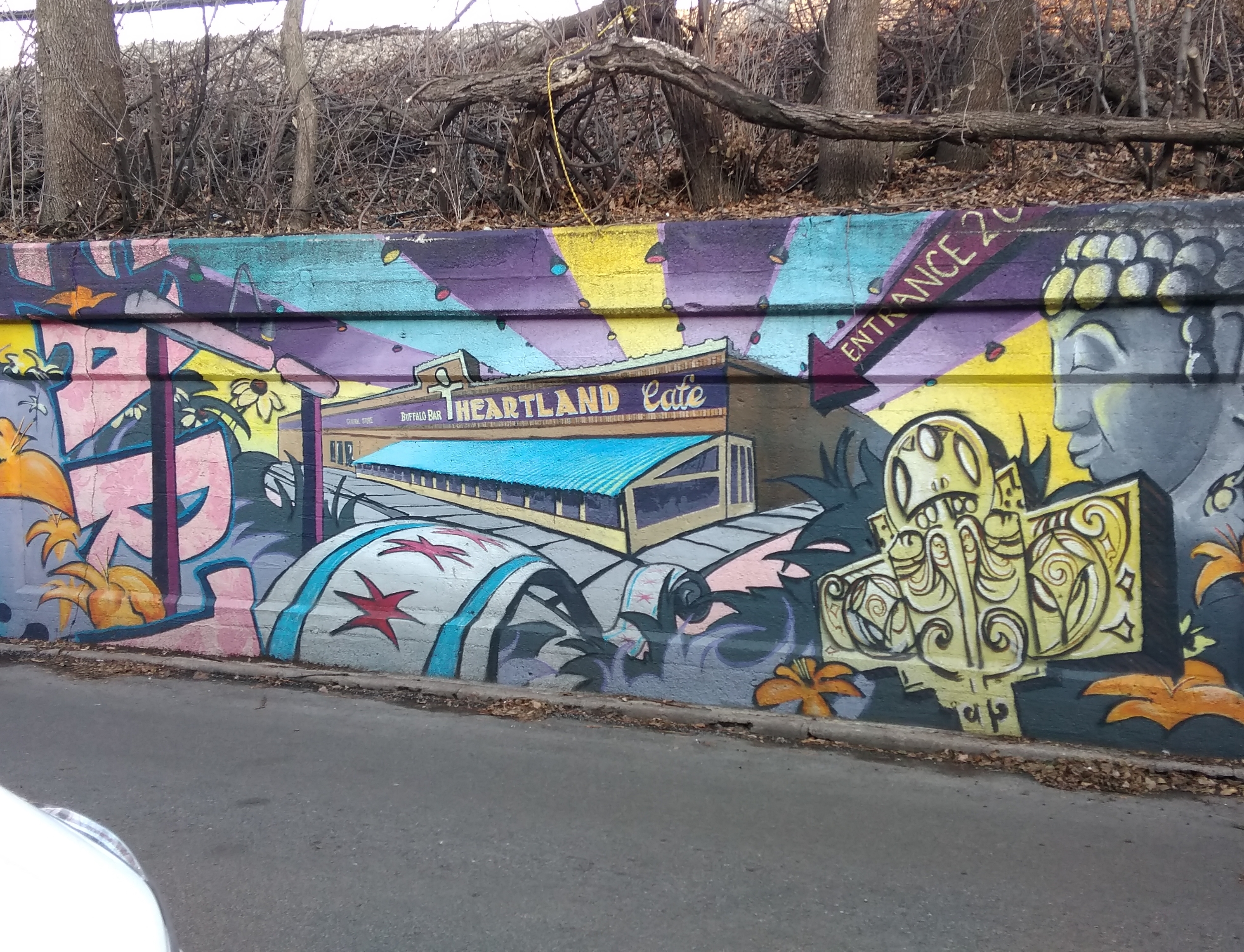
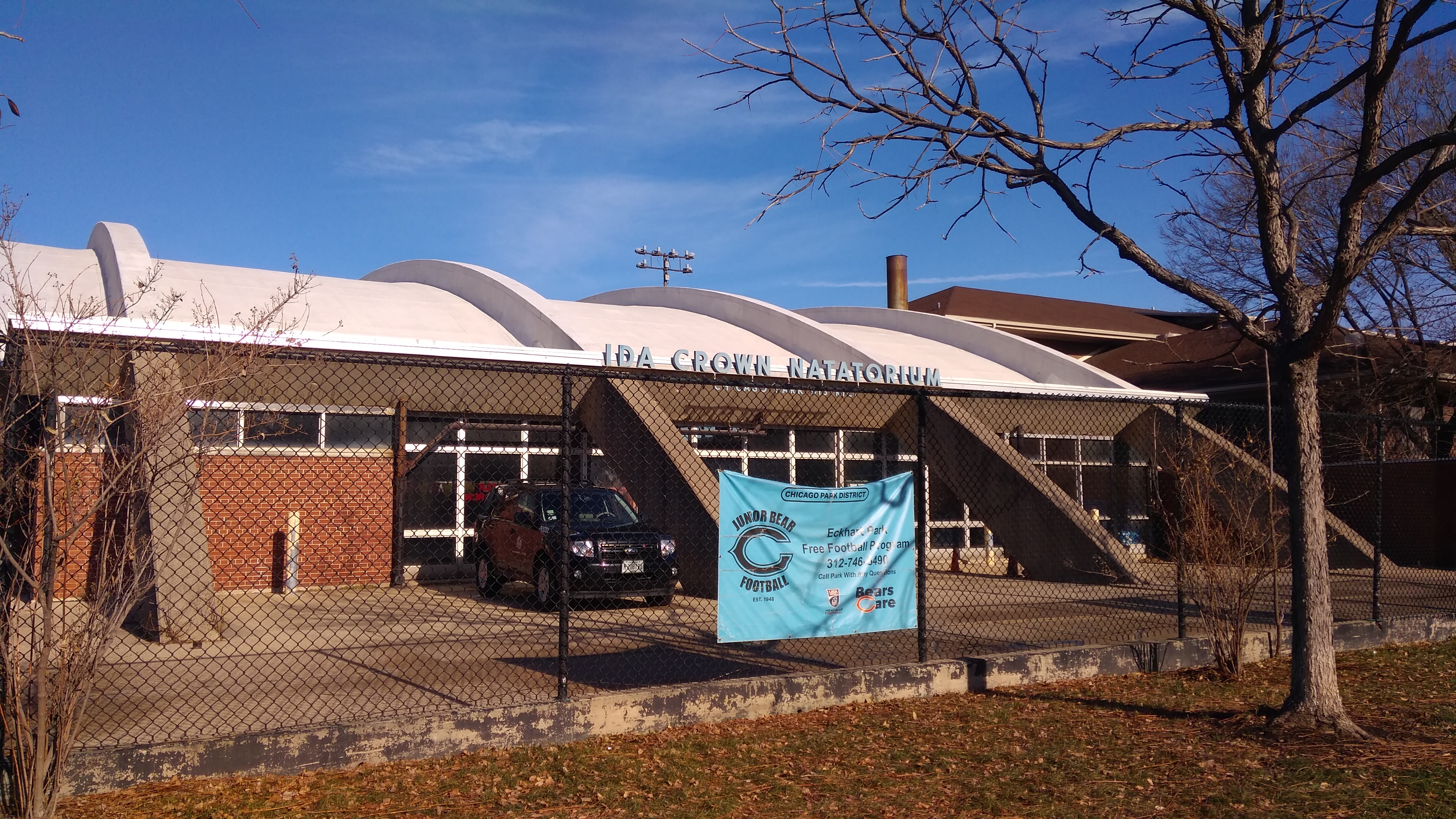
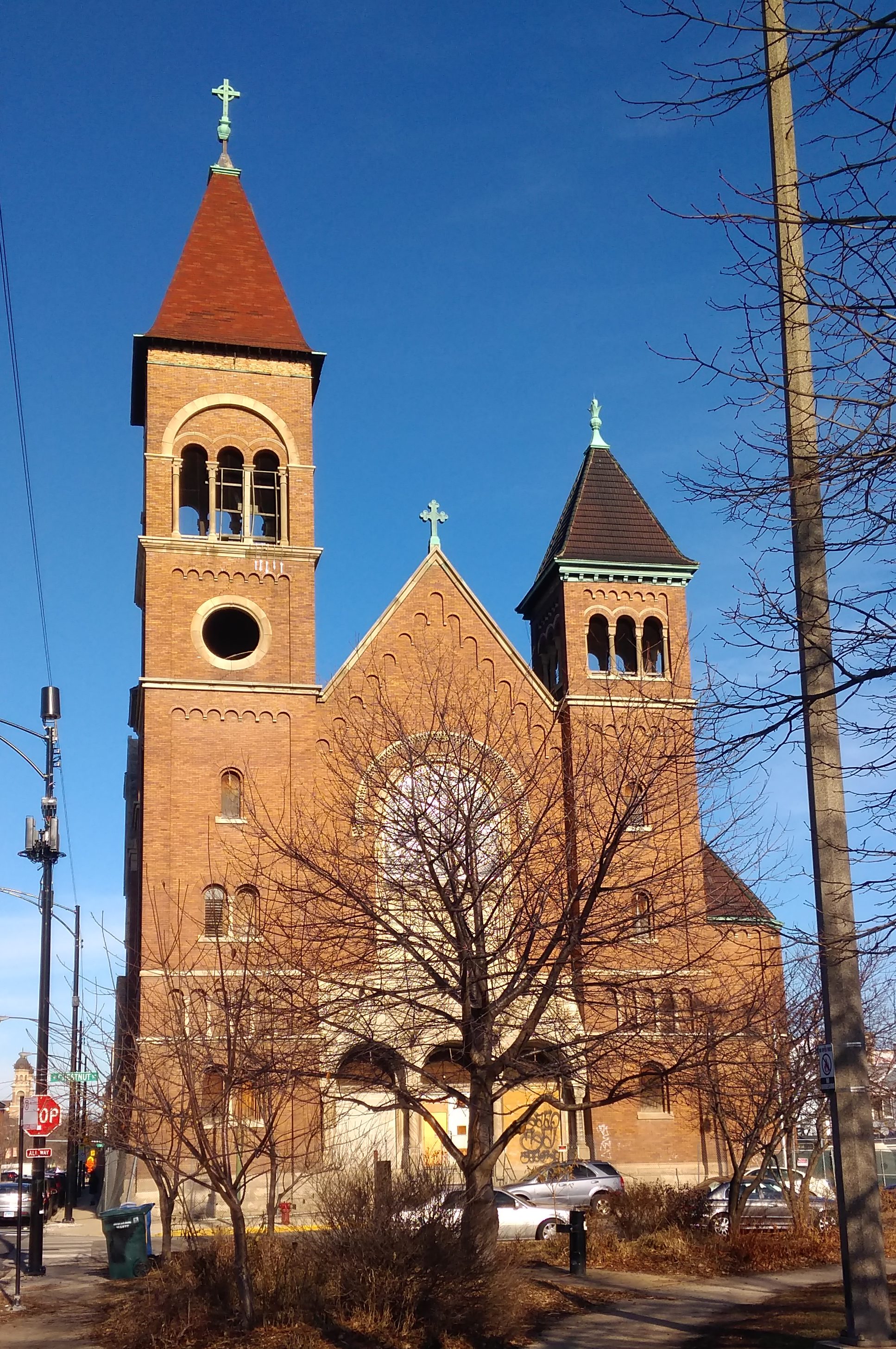
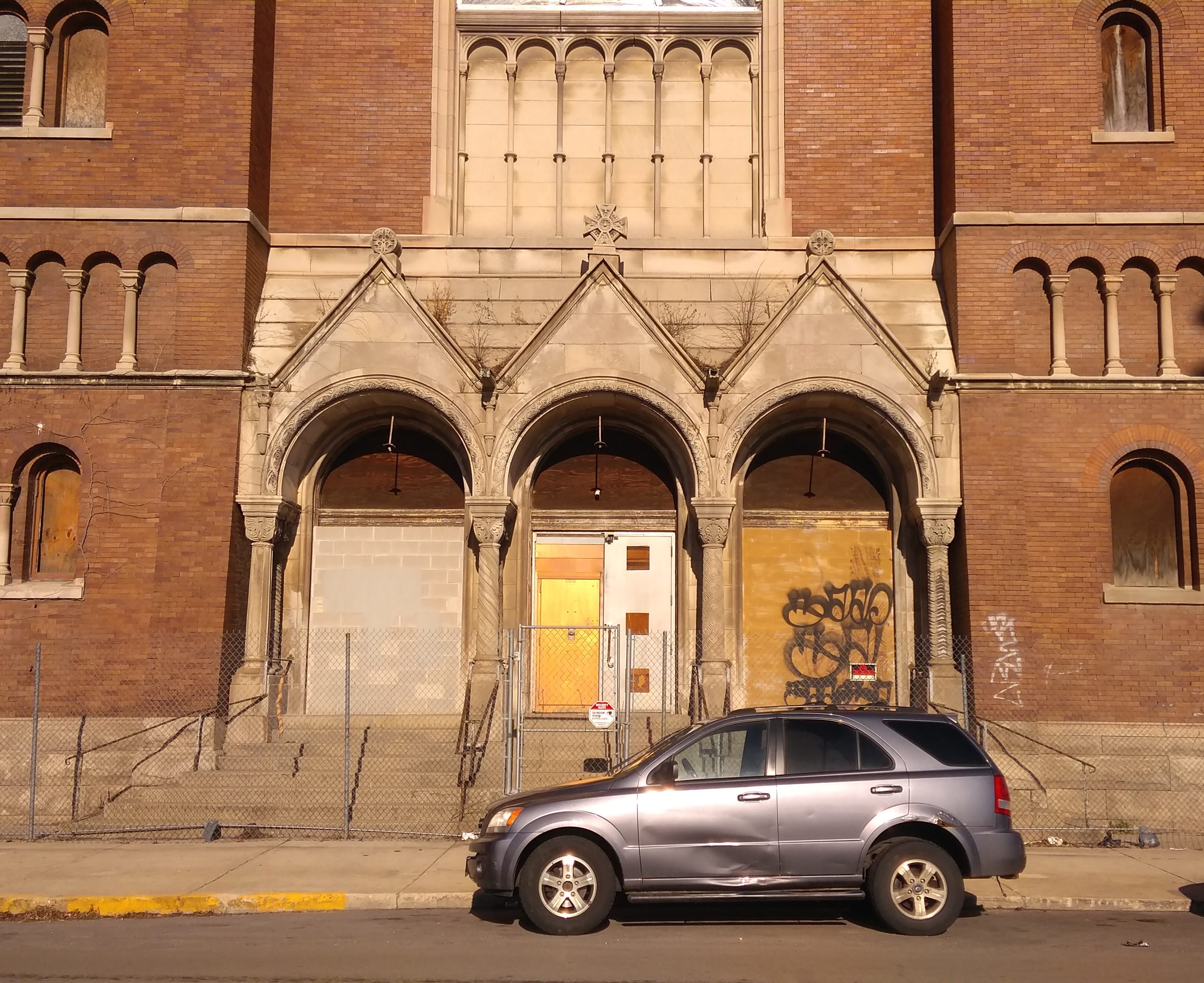
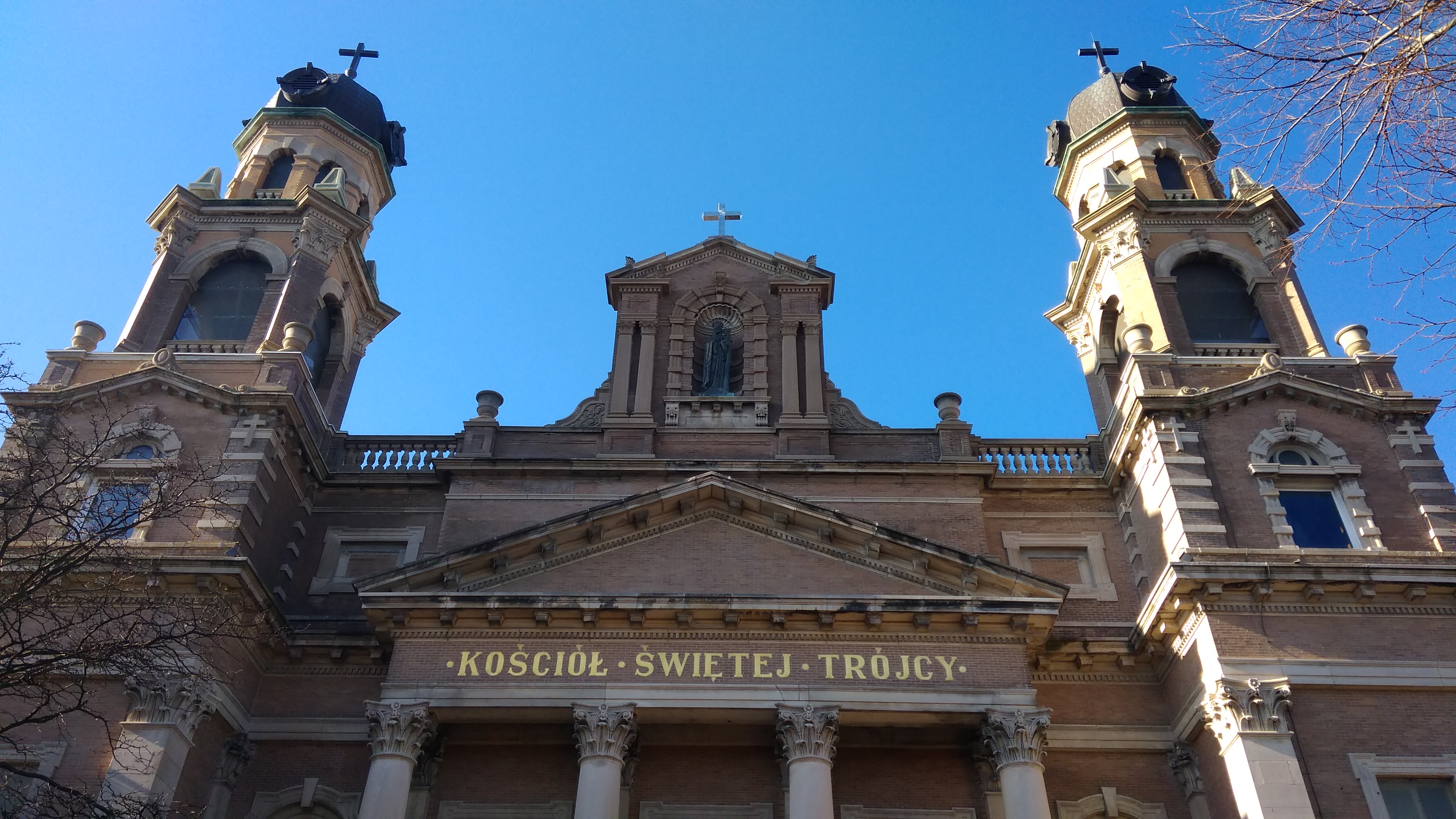
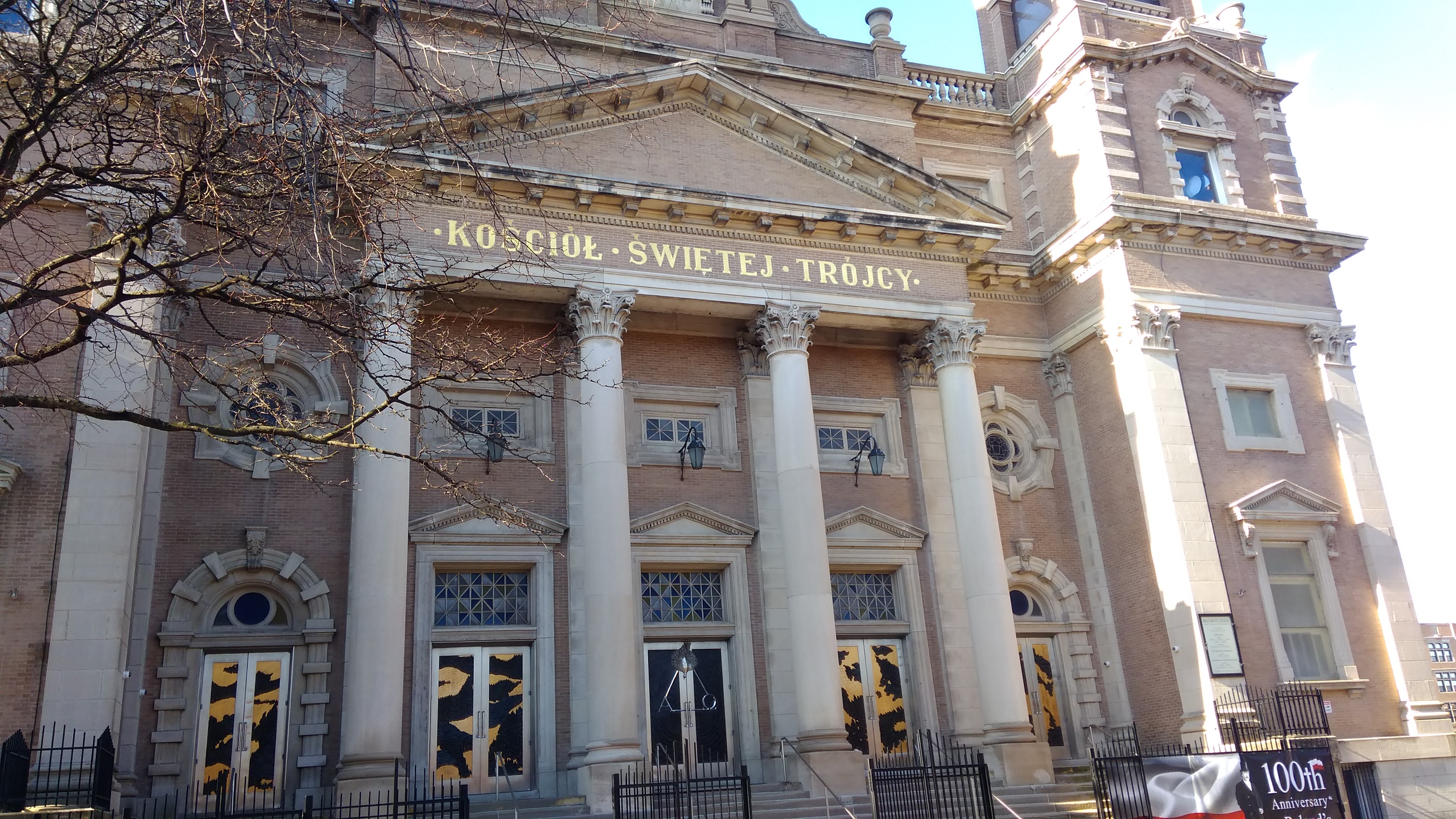
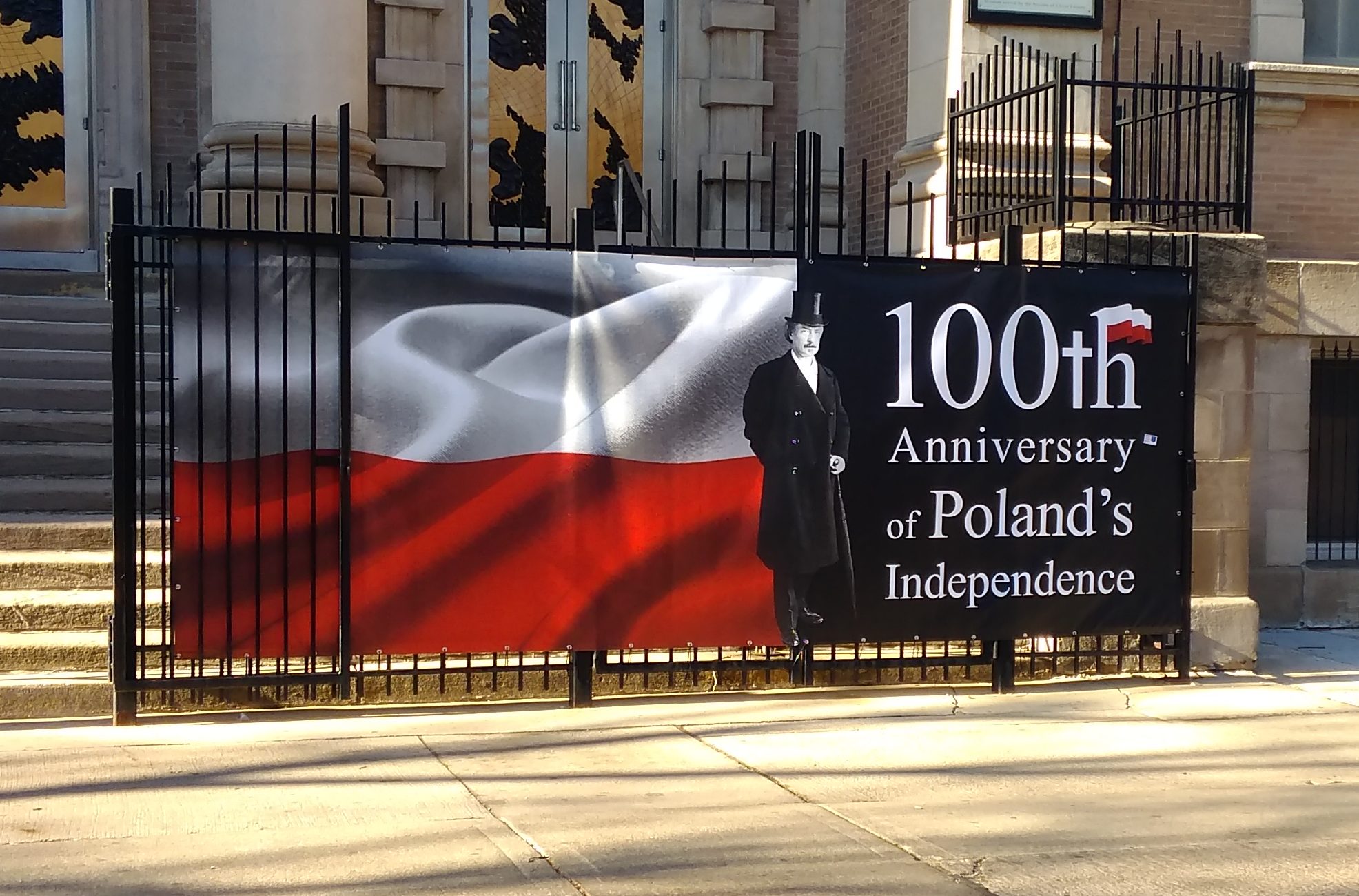 Polish Independence Day is the same as Armistice Day, incidentally. Same day, same year. The war was over and everything was up for grabs, including self-determination for formerly partitioned places.
Polish Independence Day is the same as Armistice Day, incidentally. Same day, same year. The war was over and everything was up for grabs, including self-determination for formerly partitioned places.